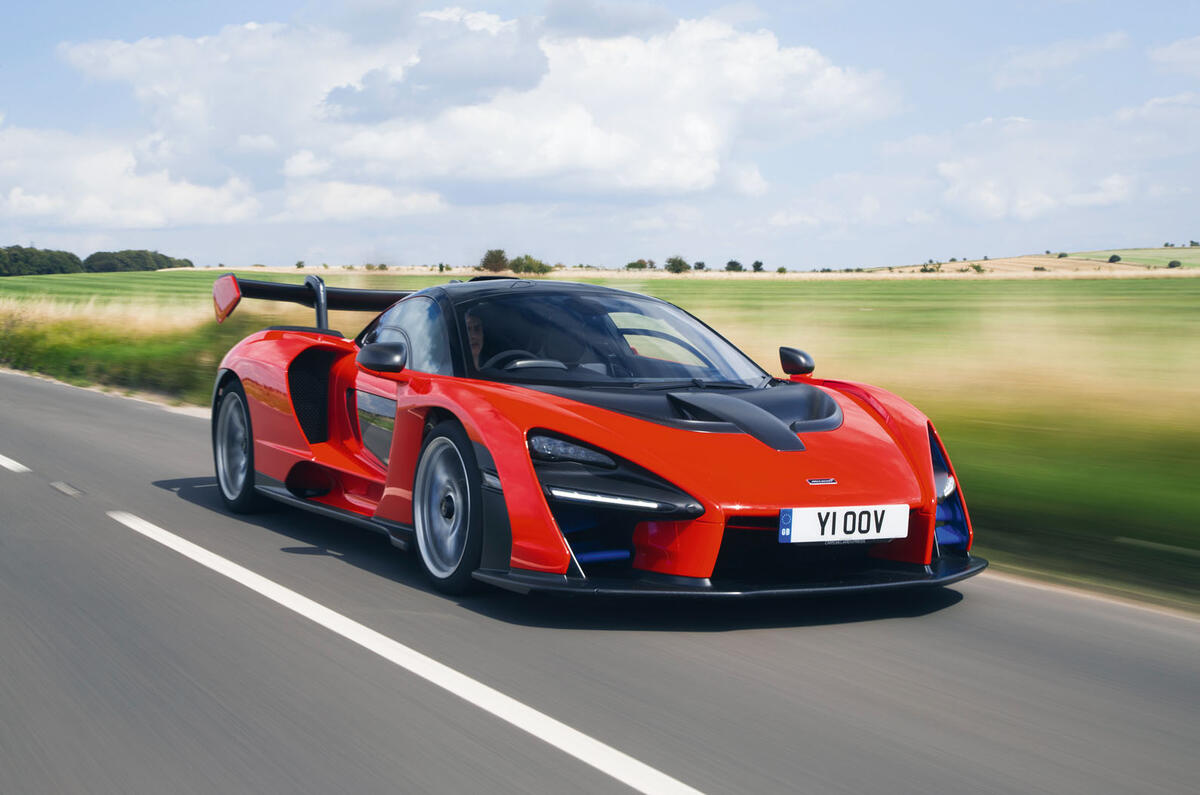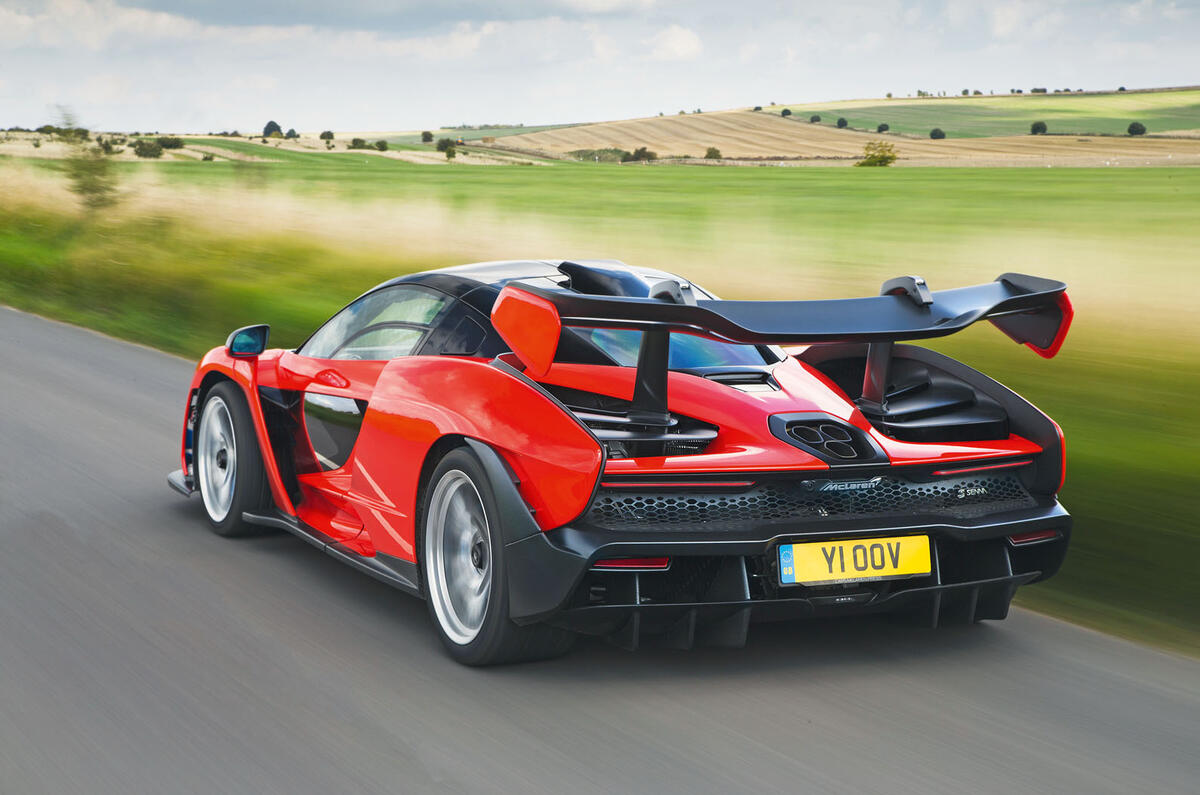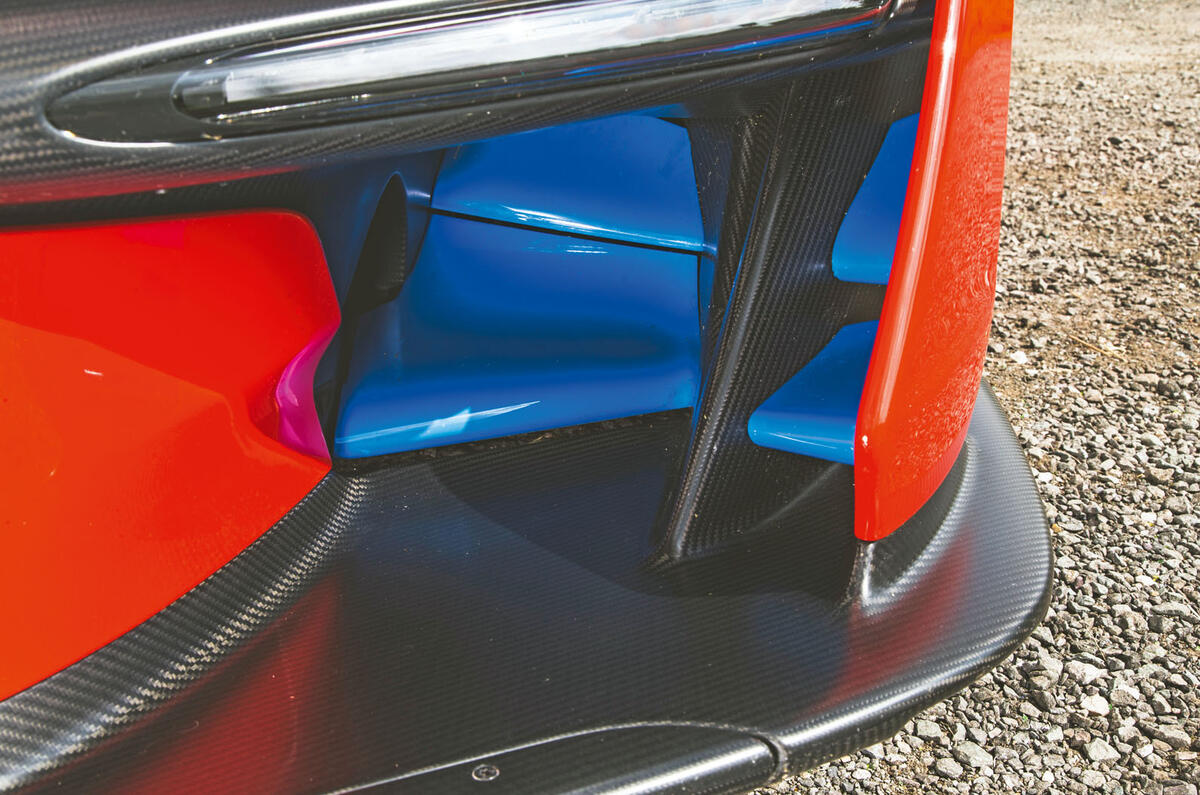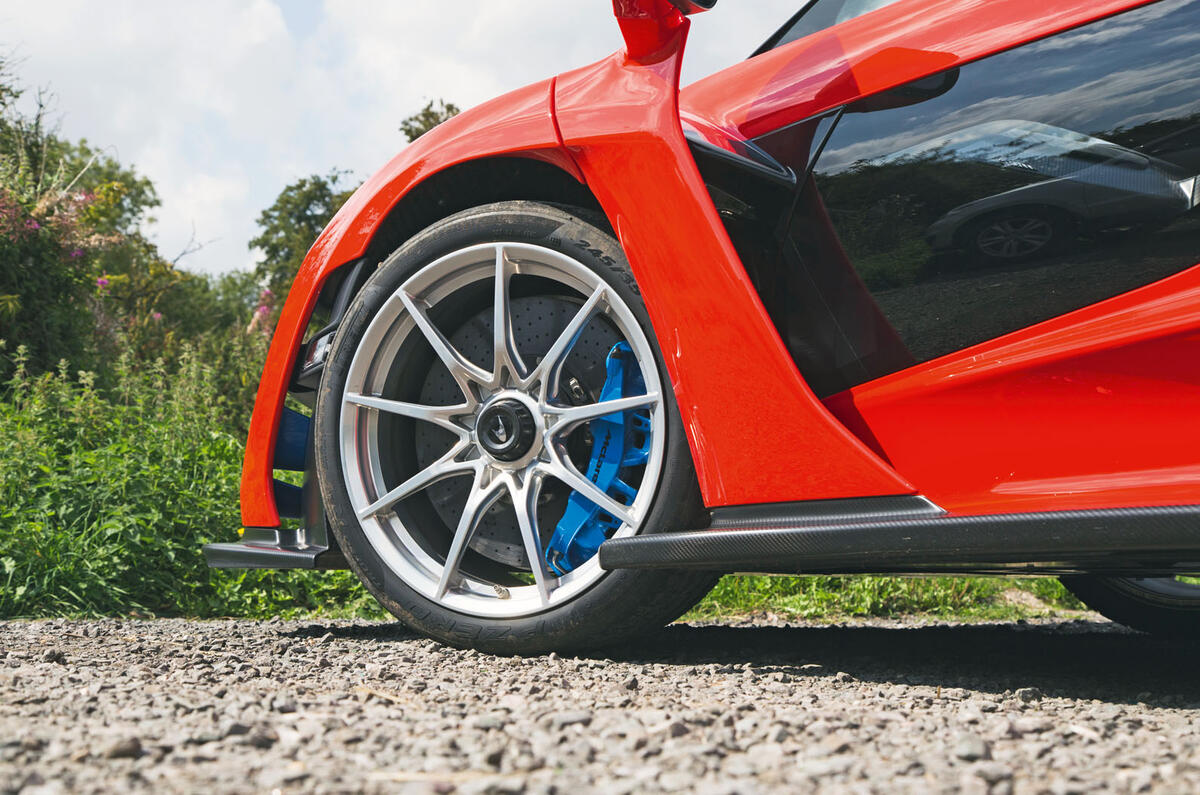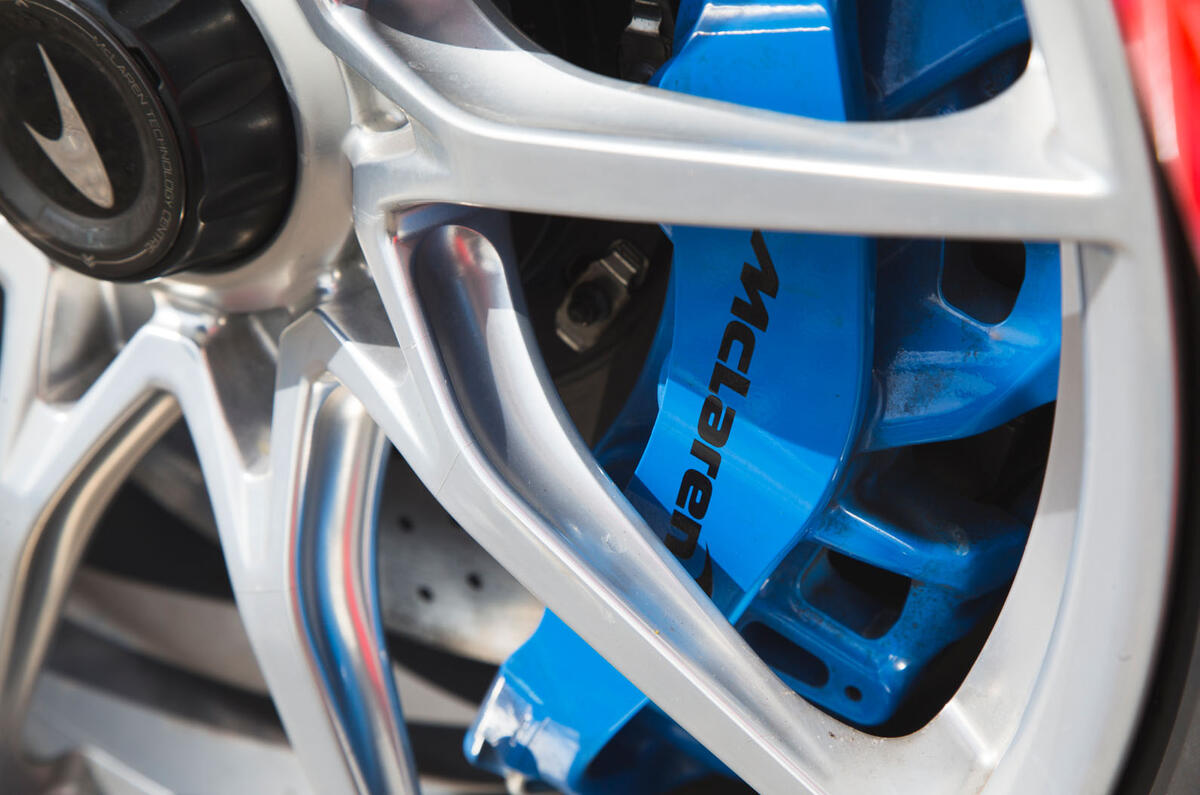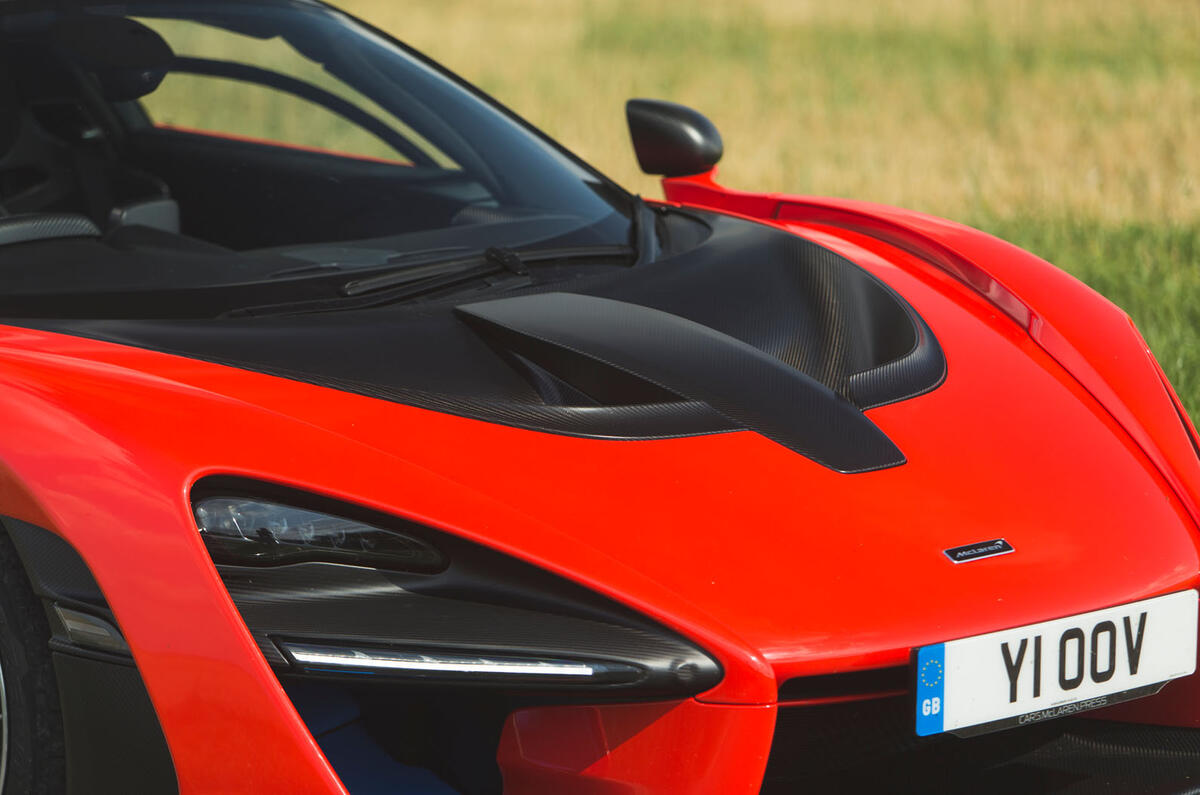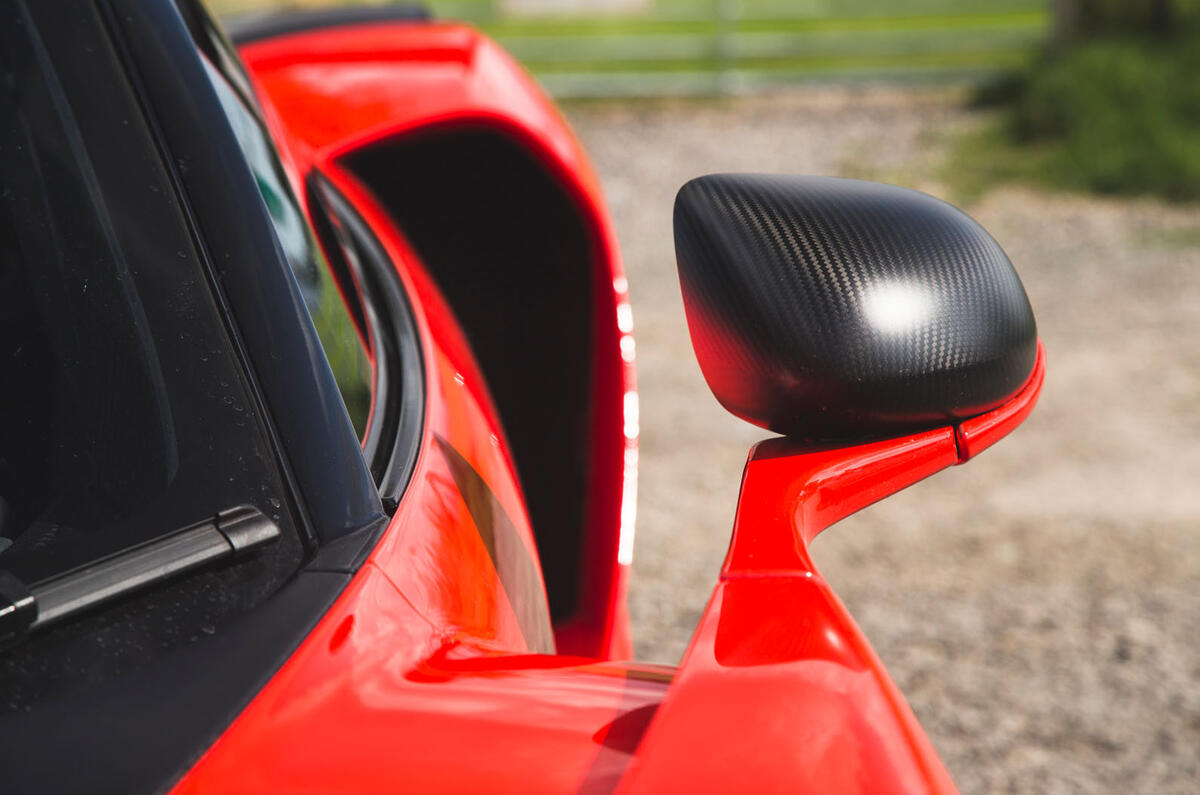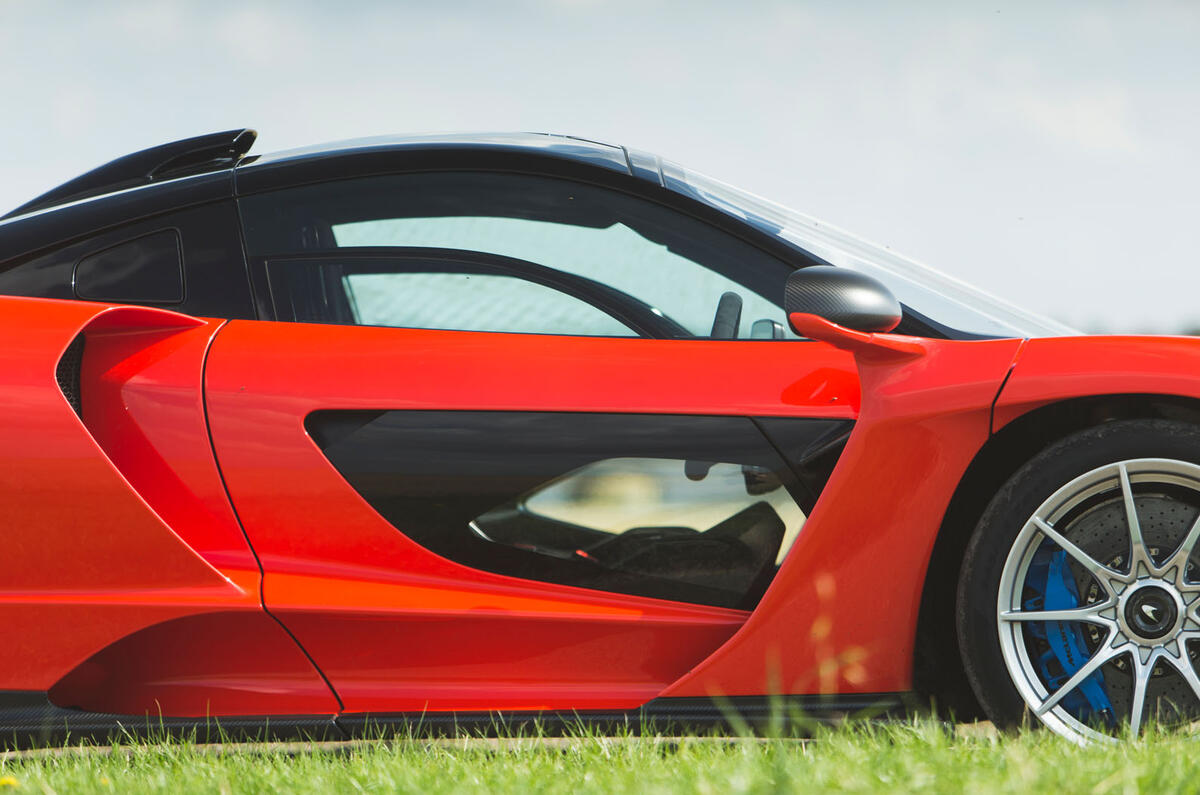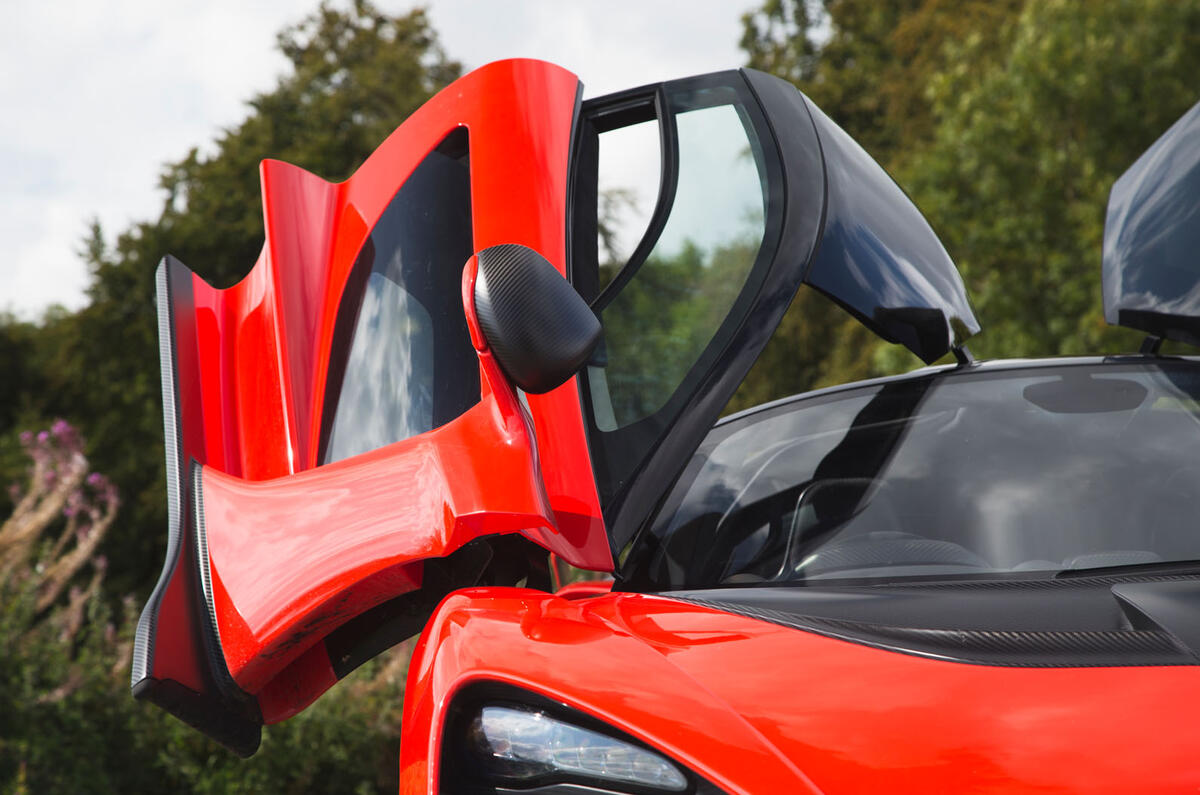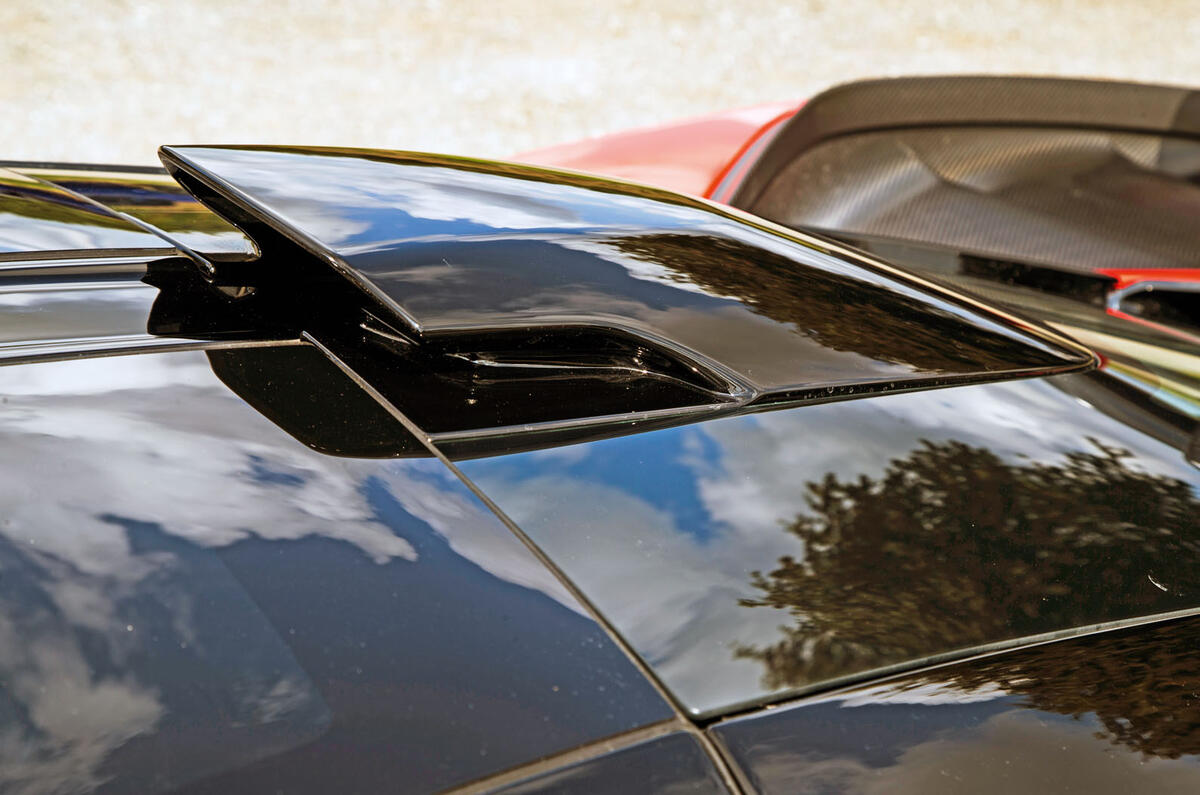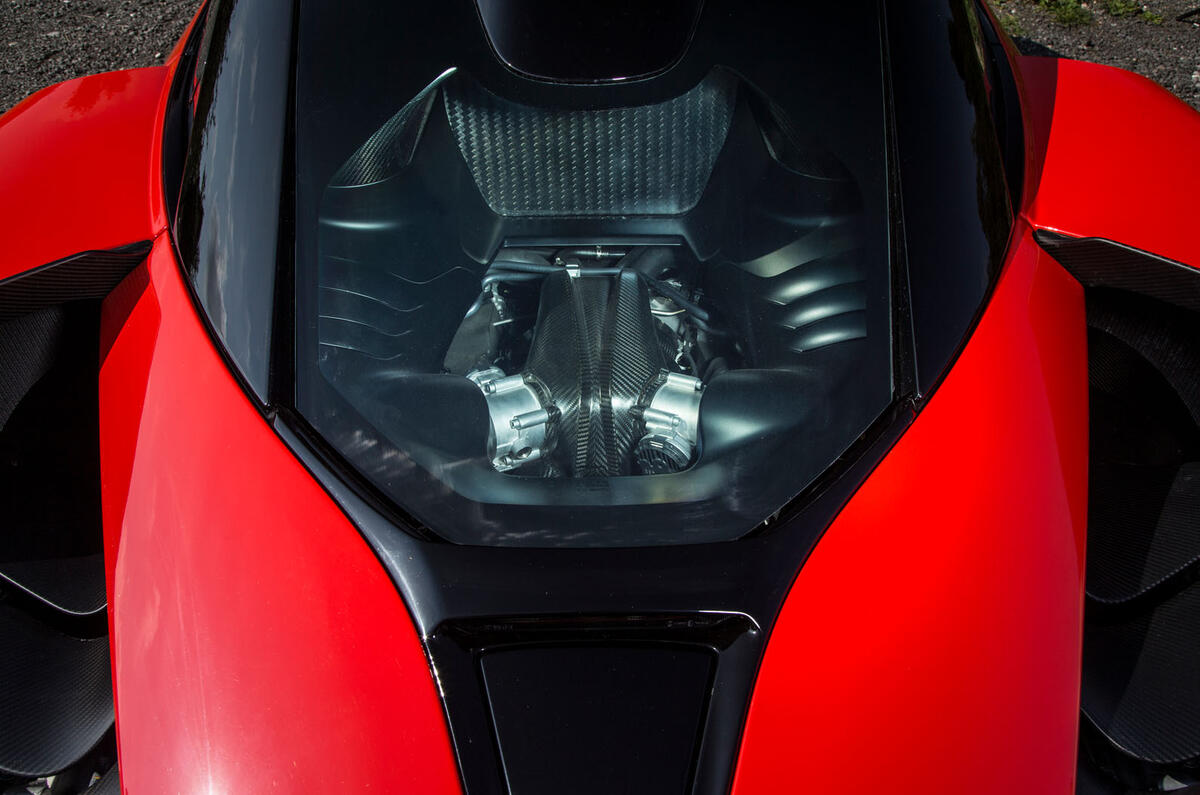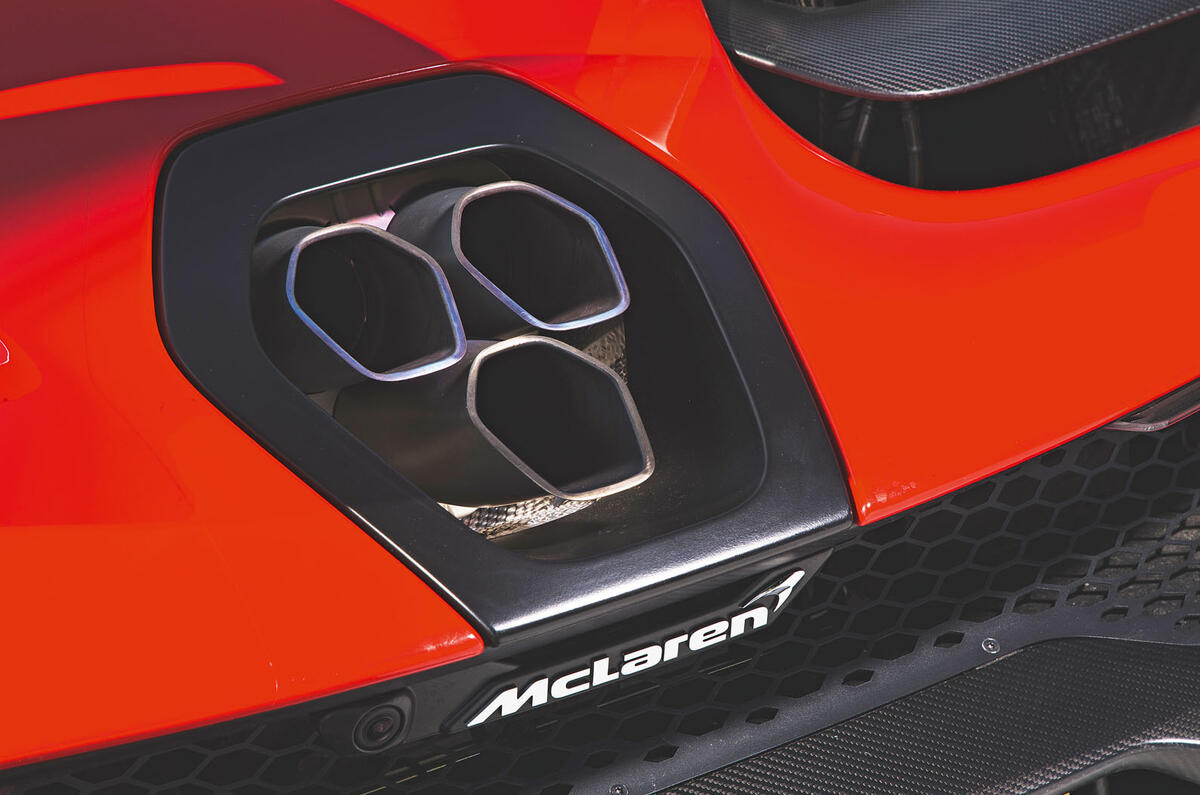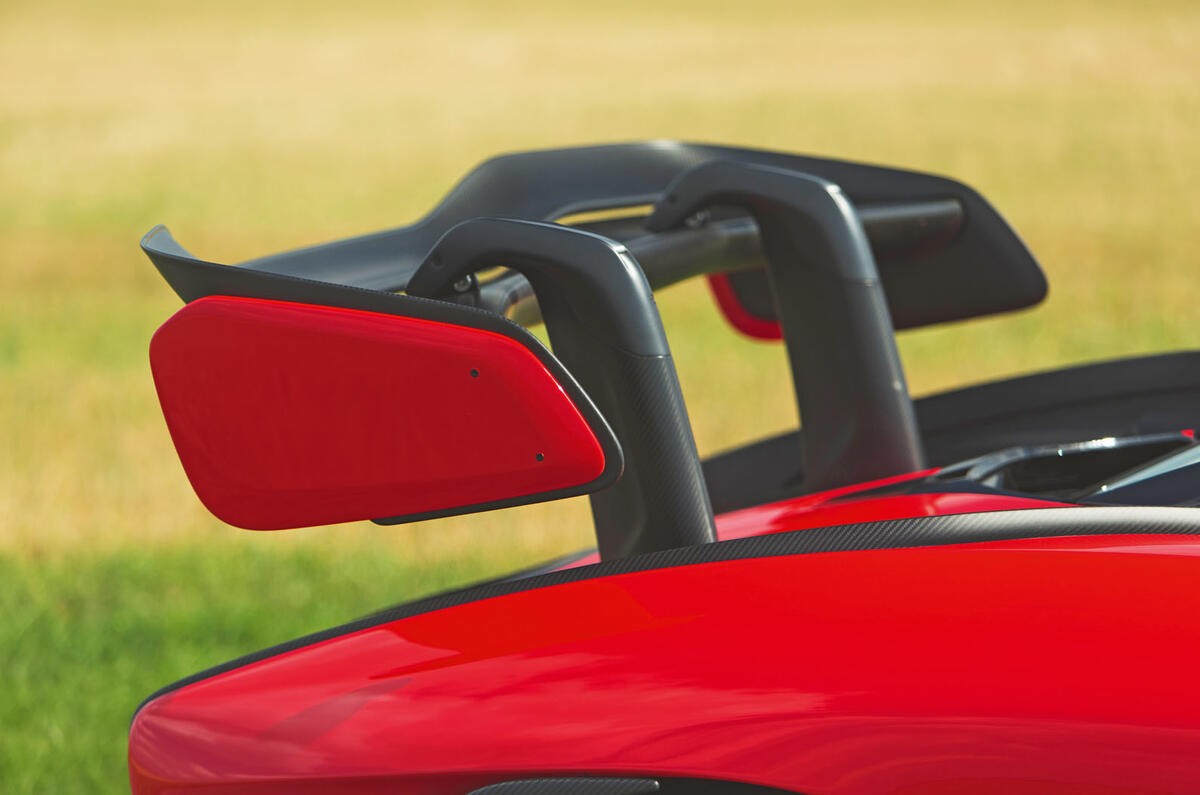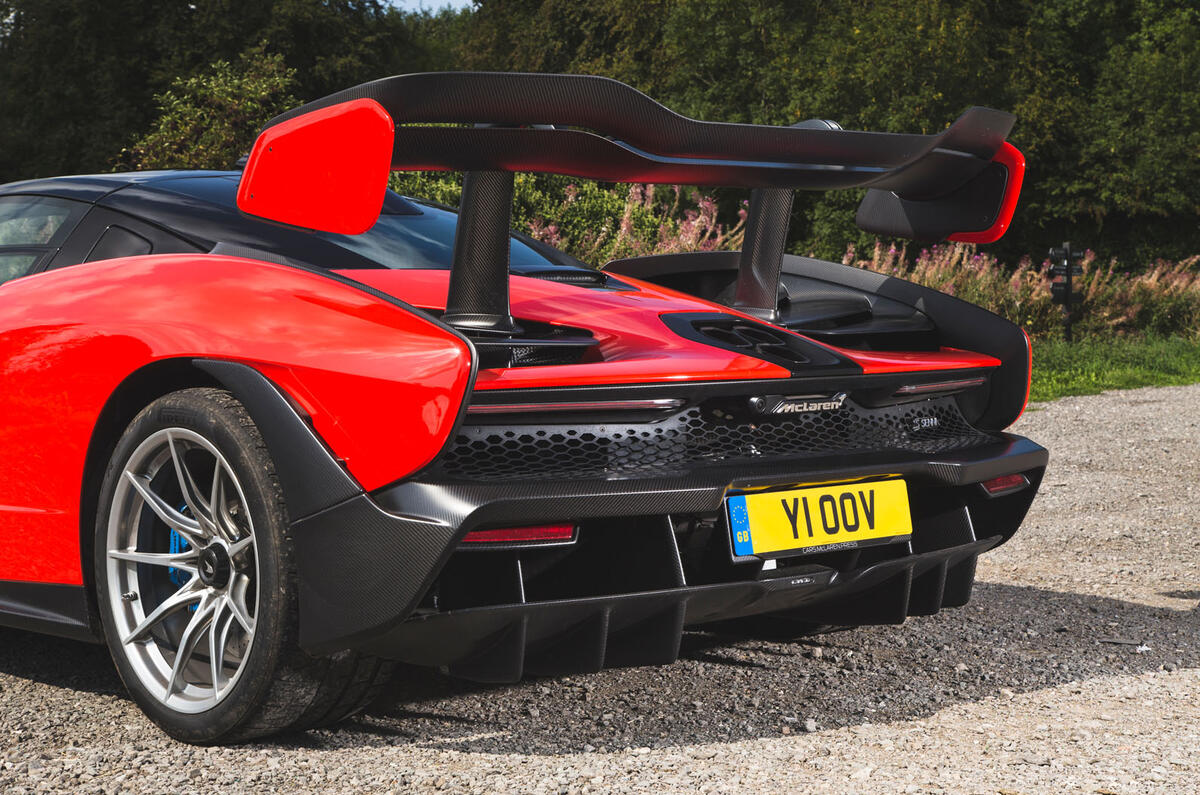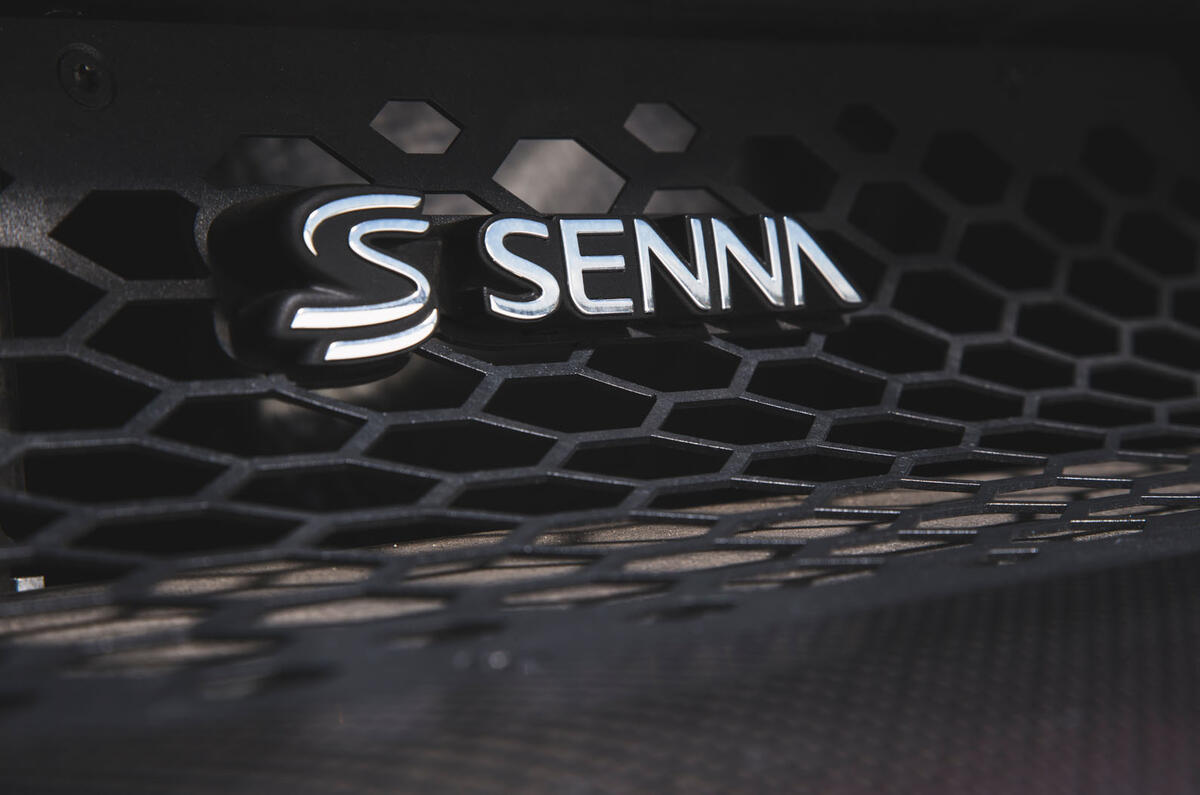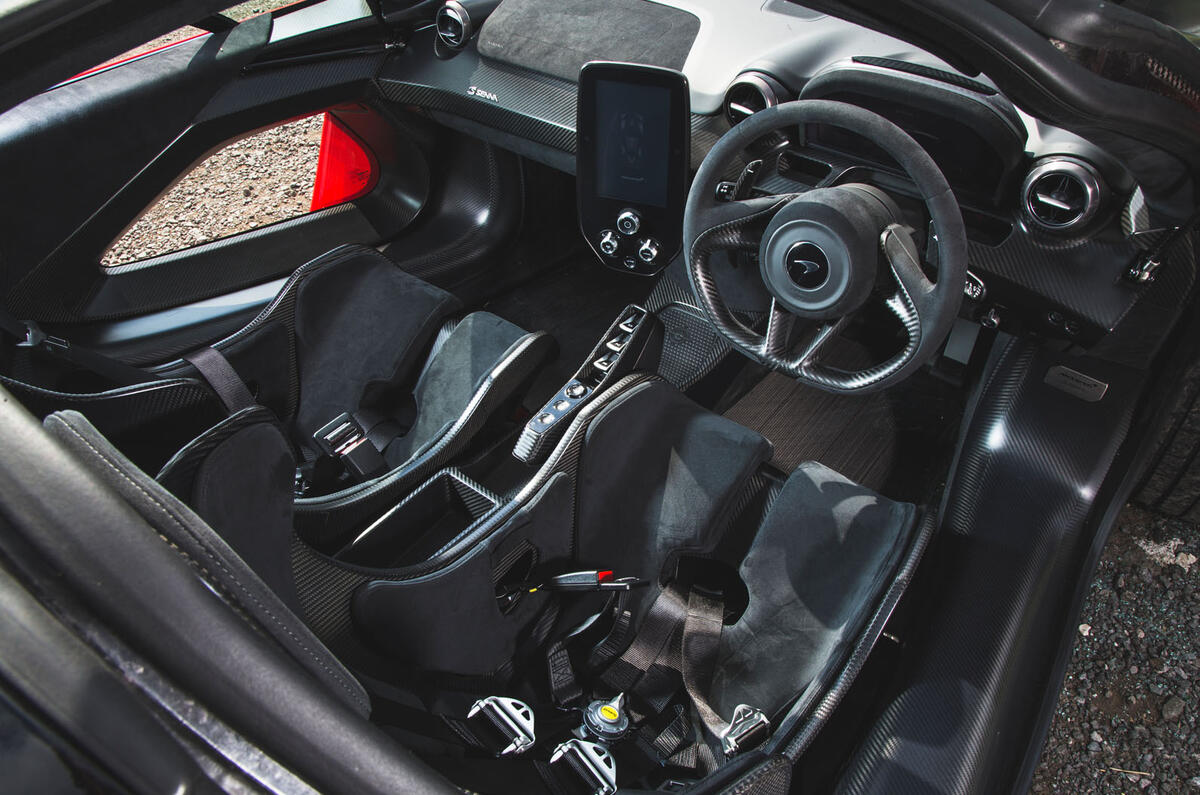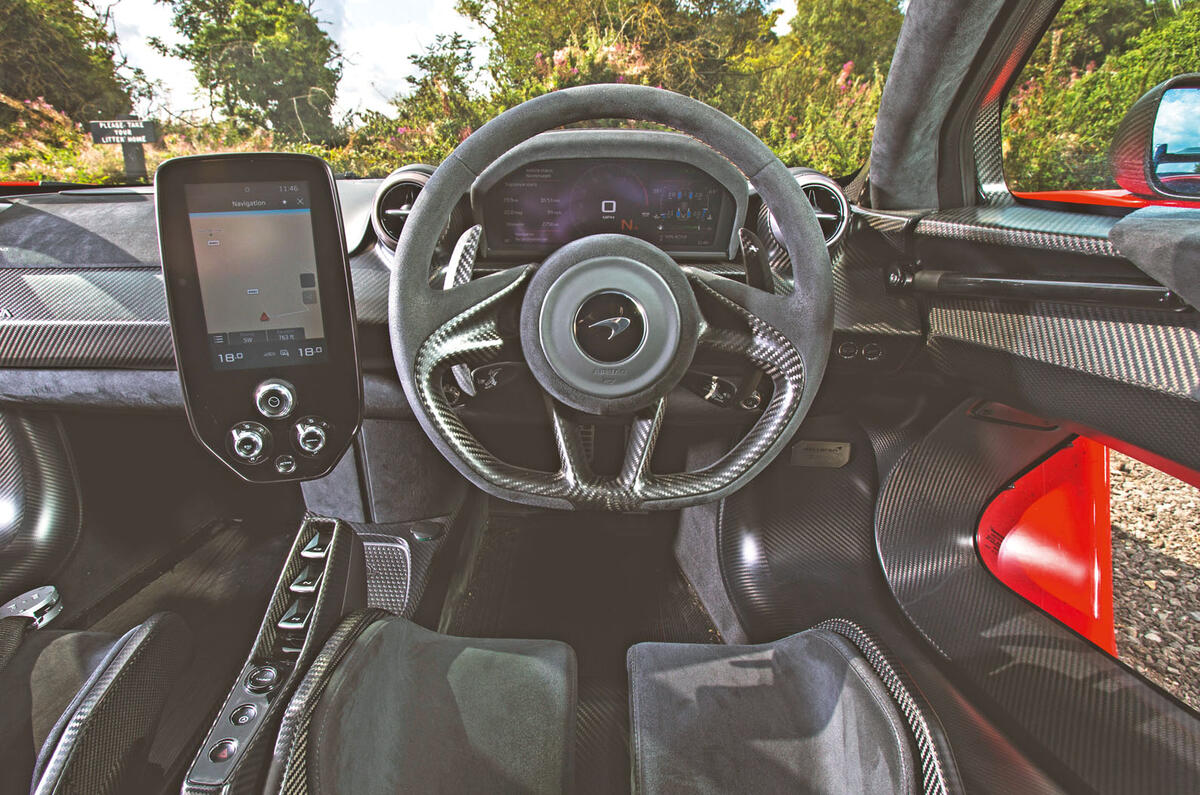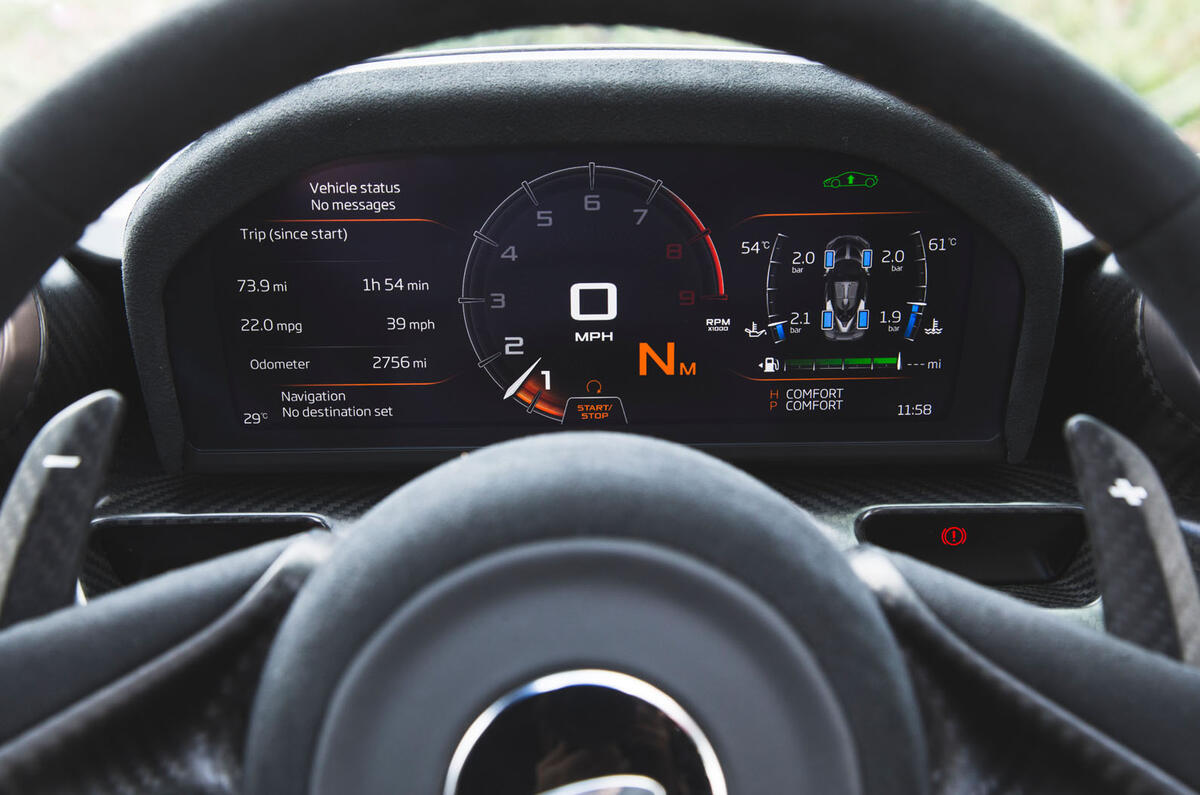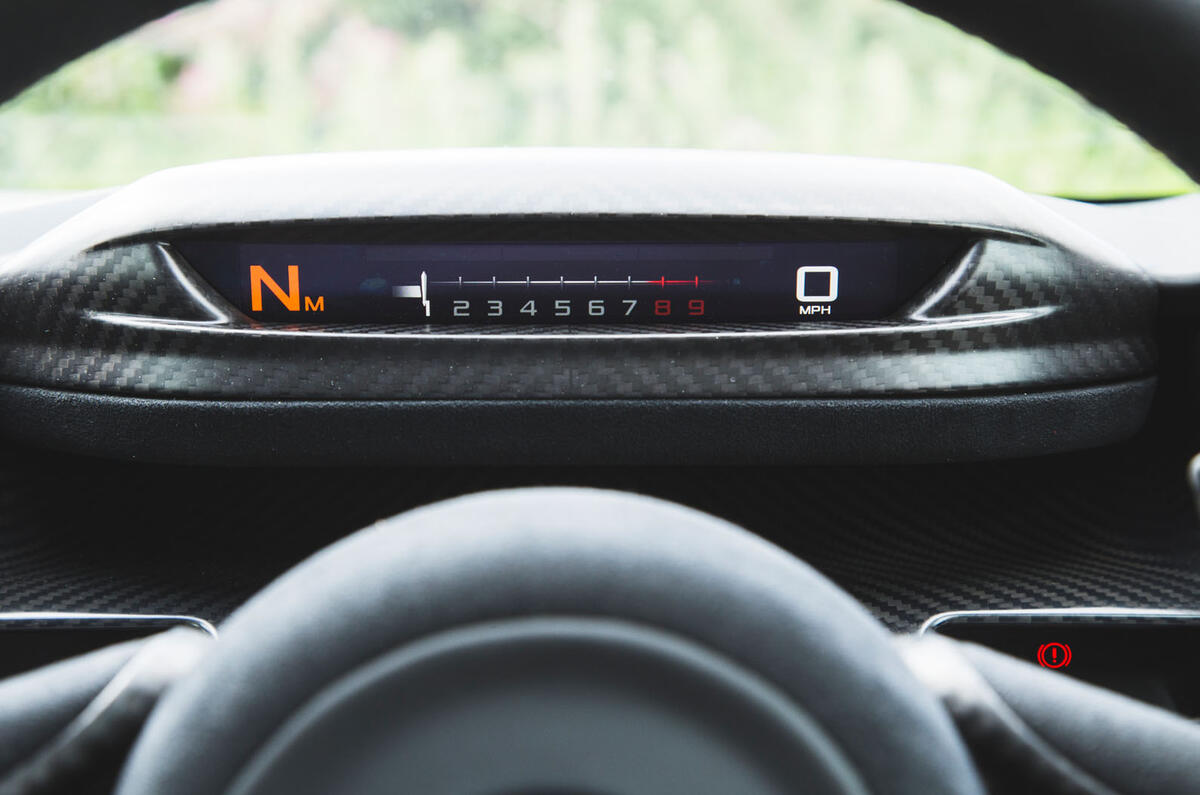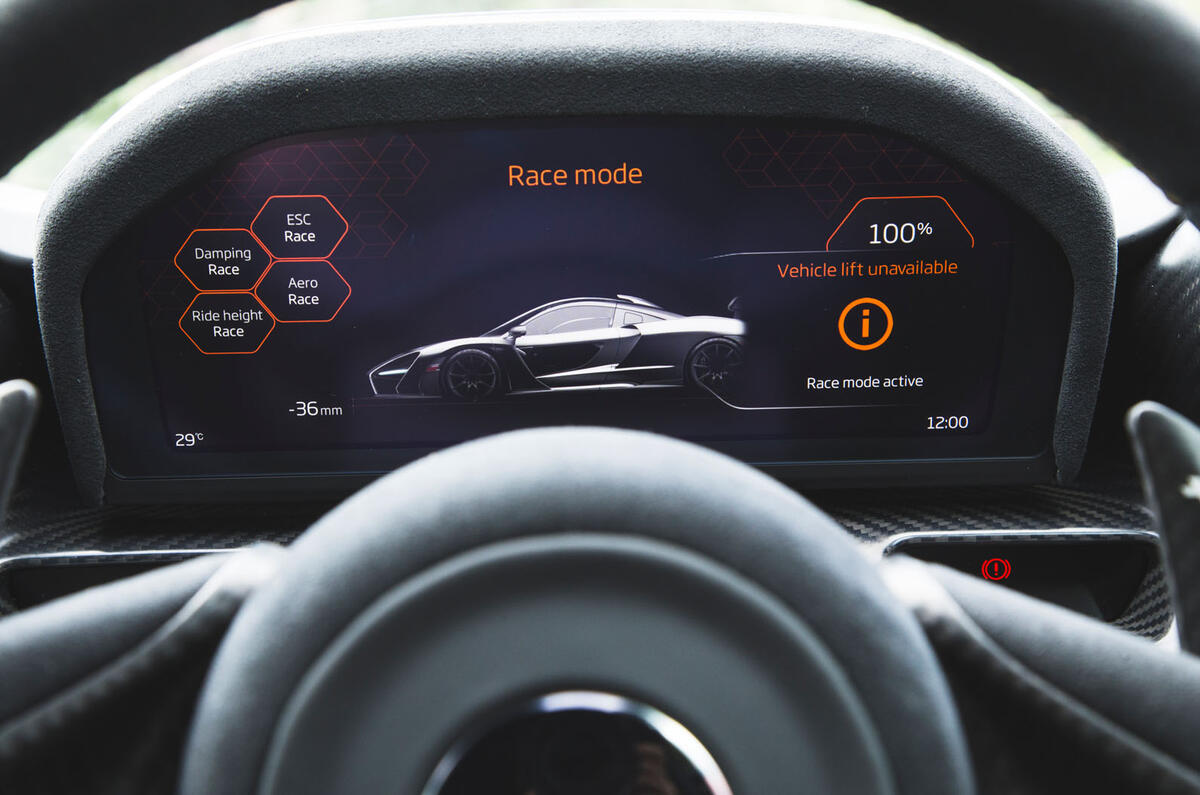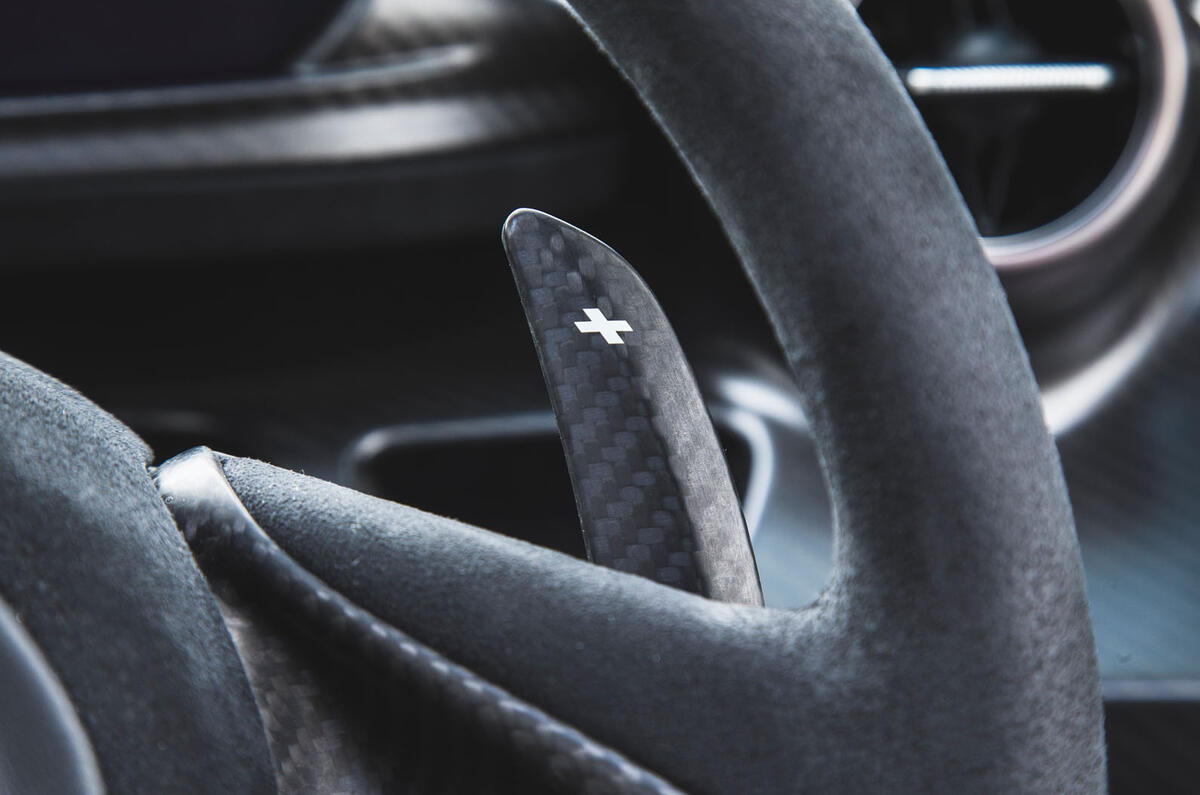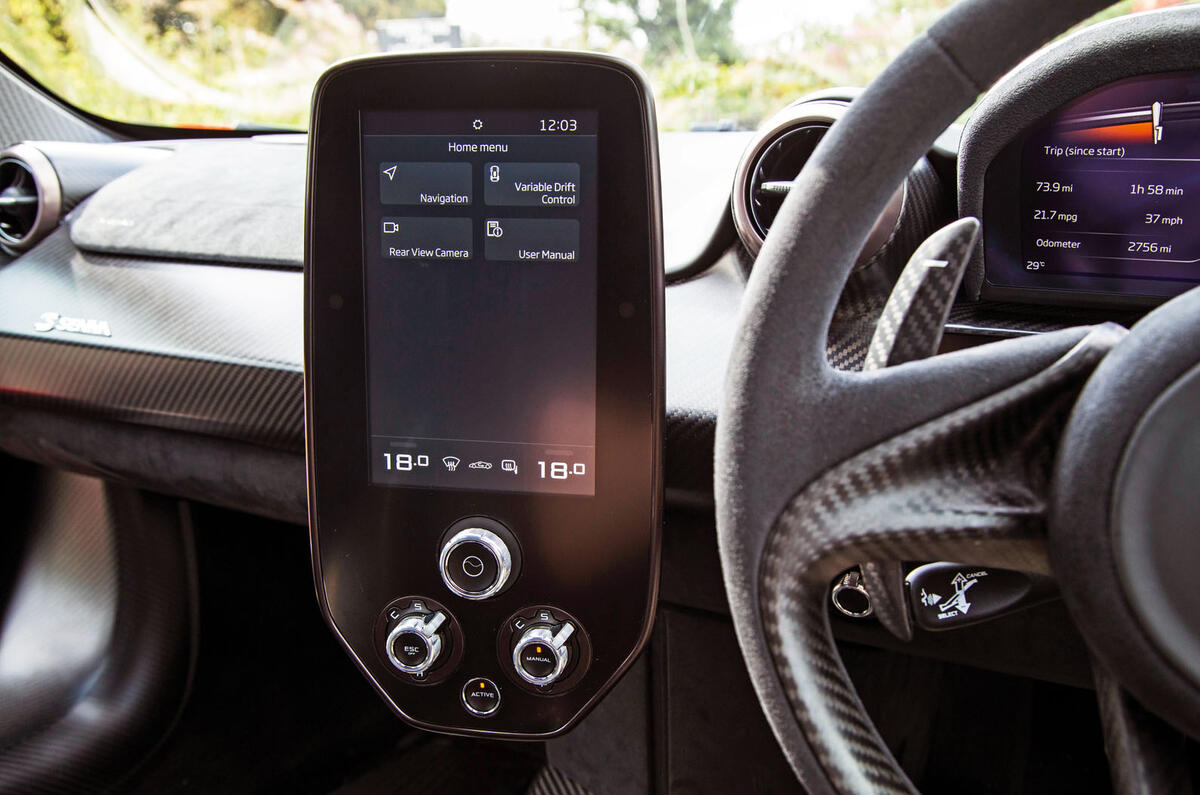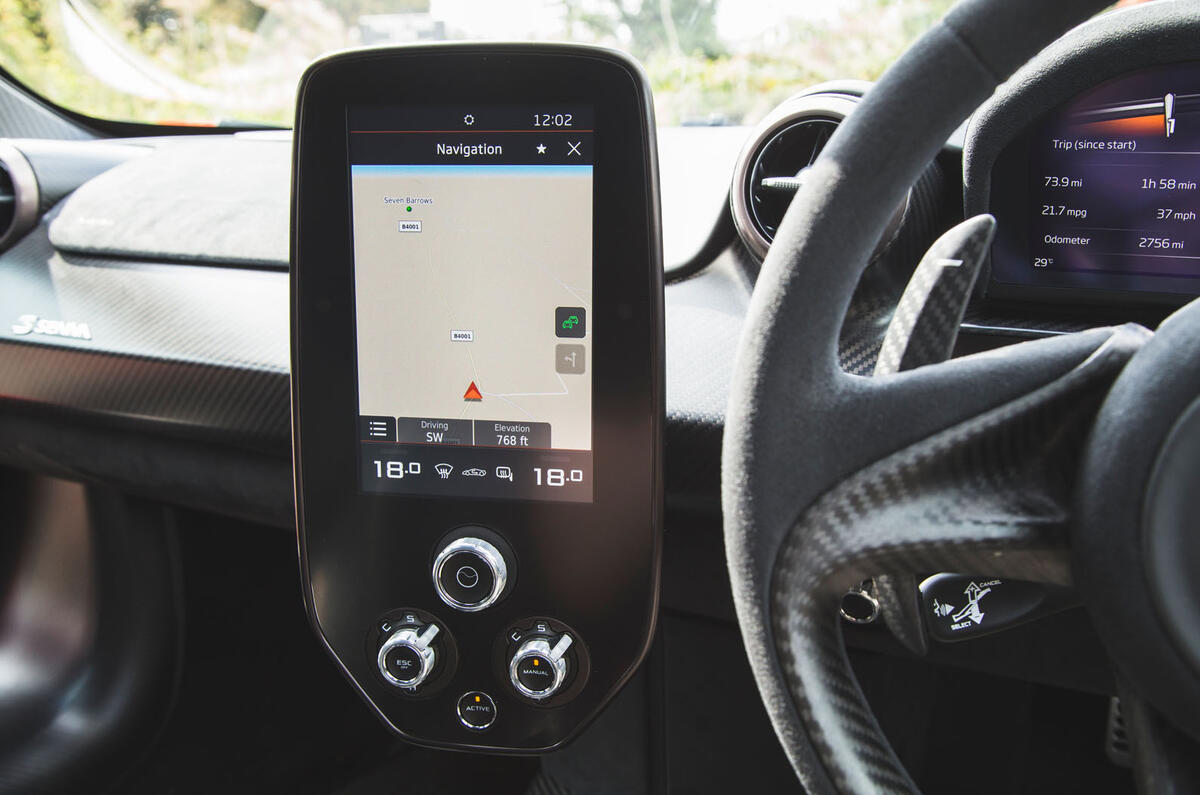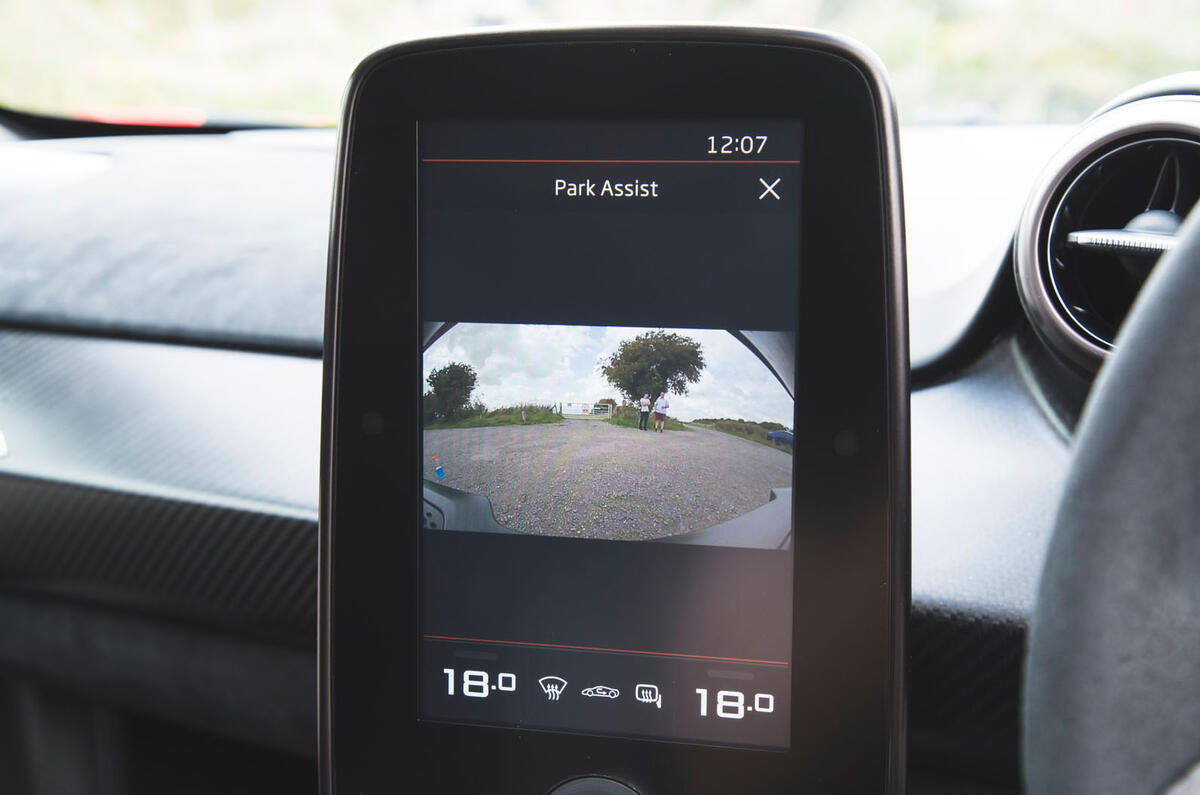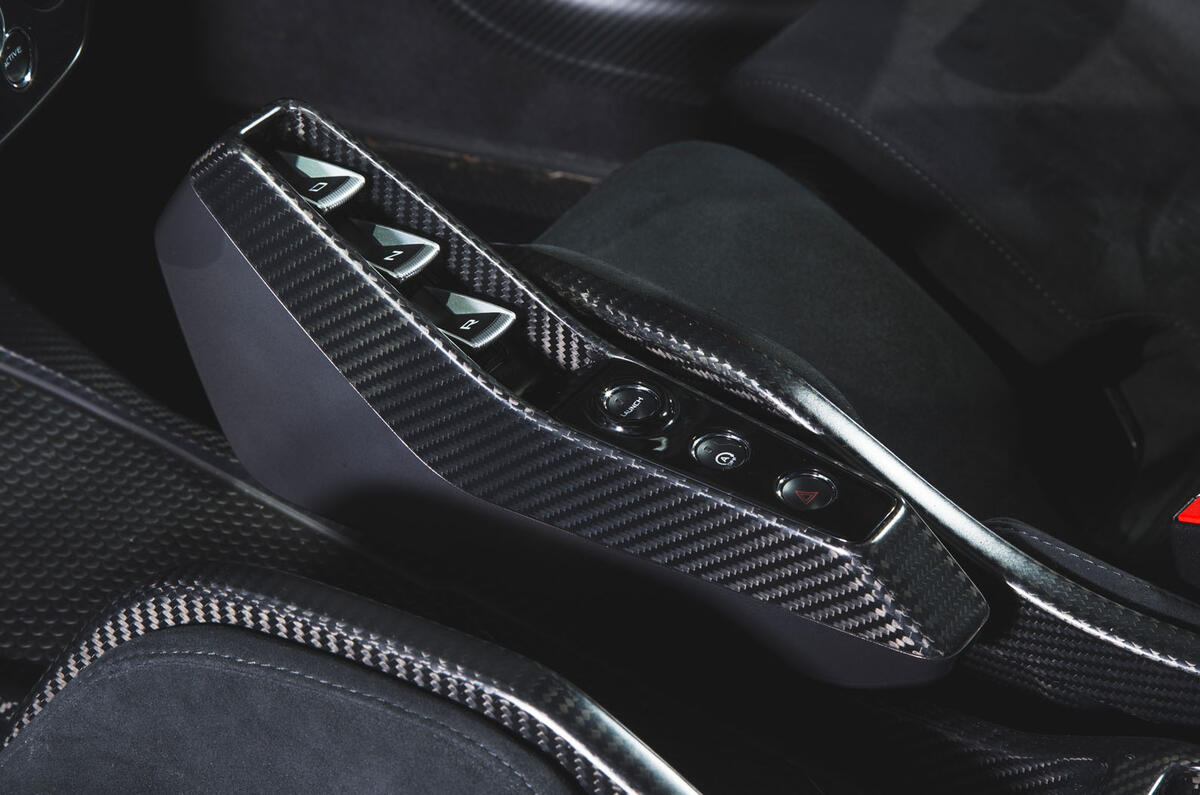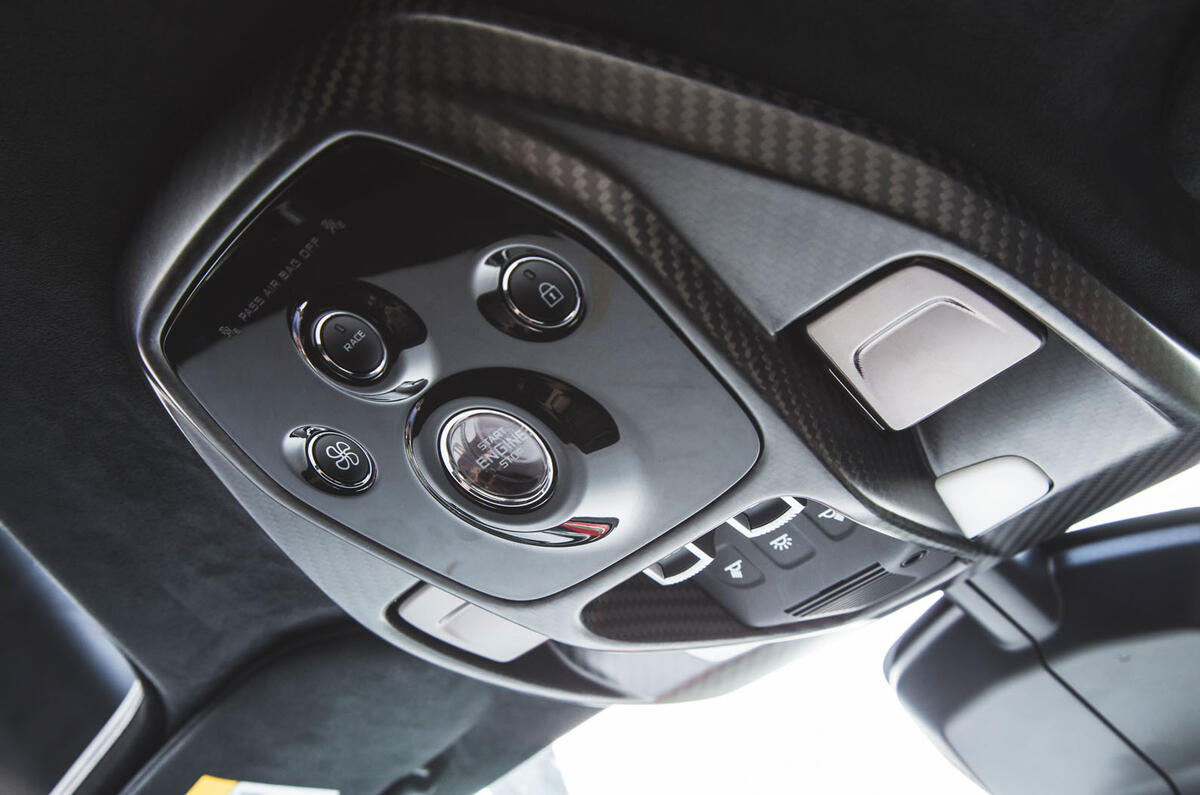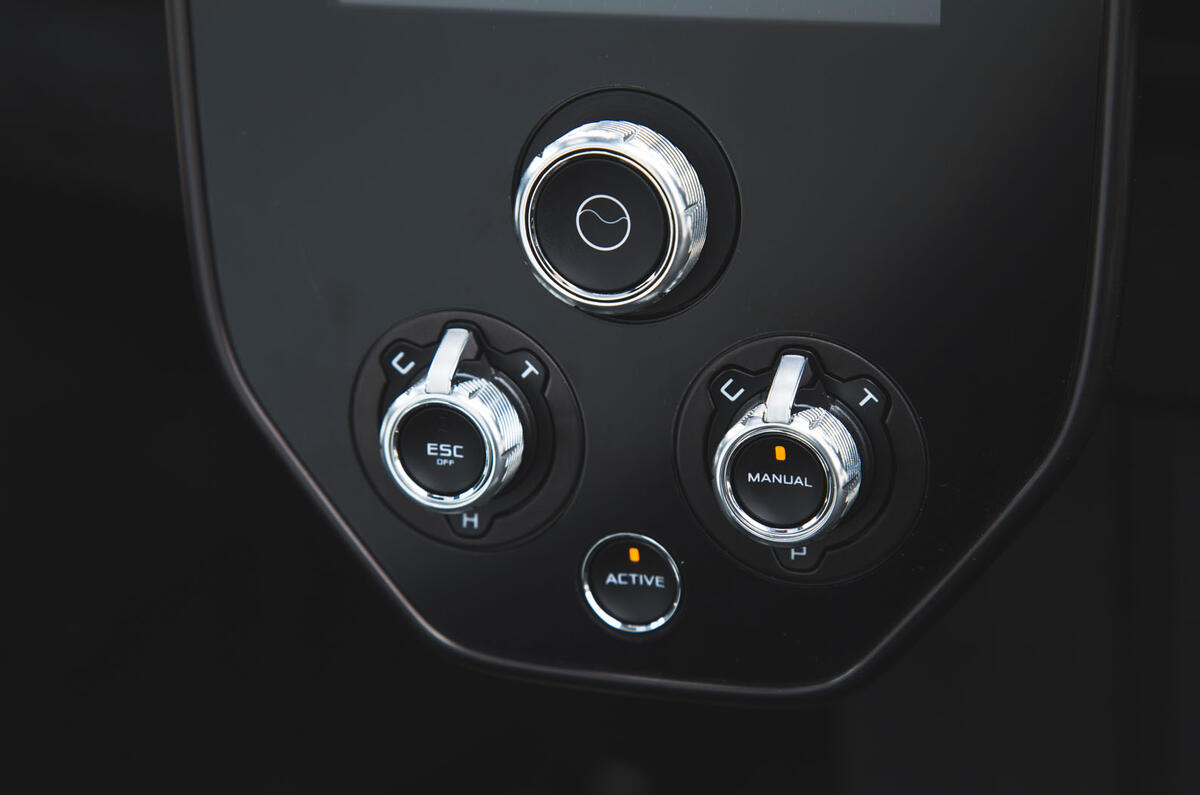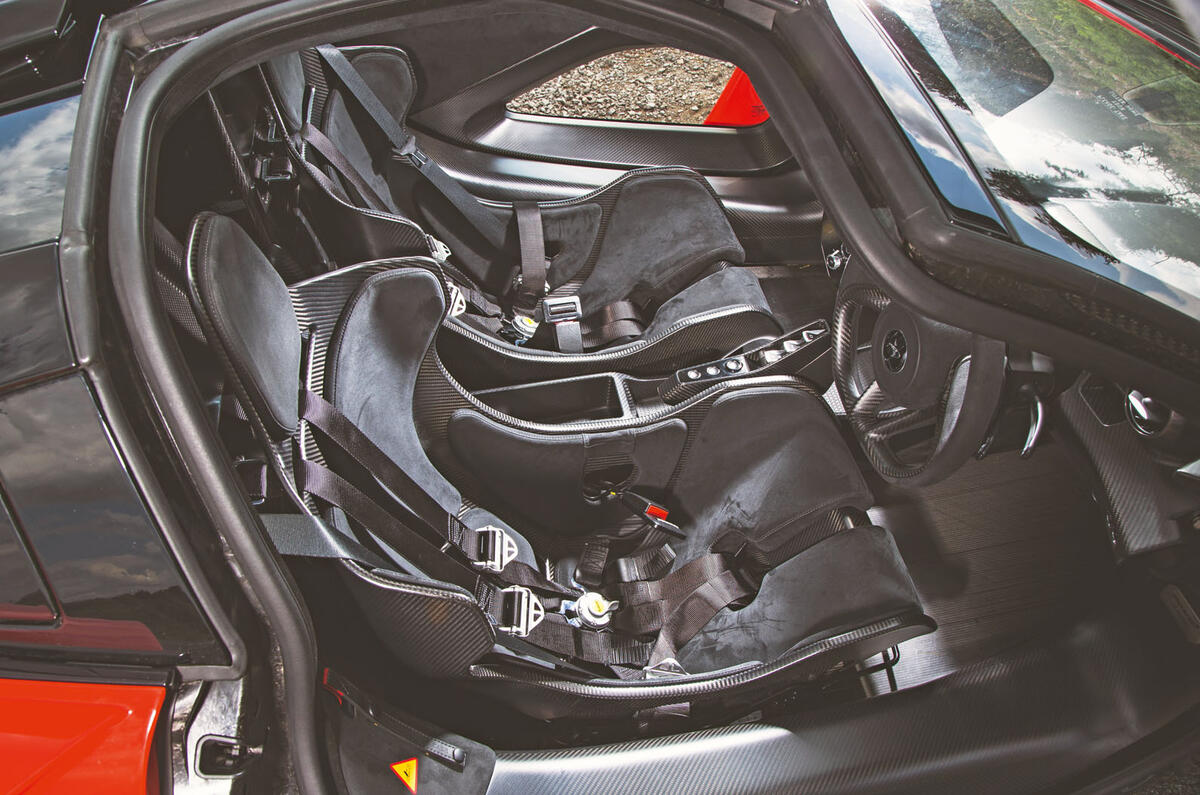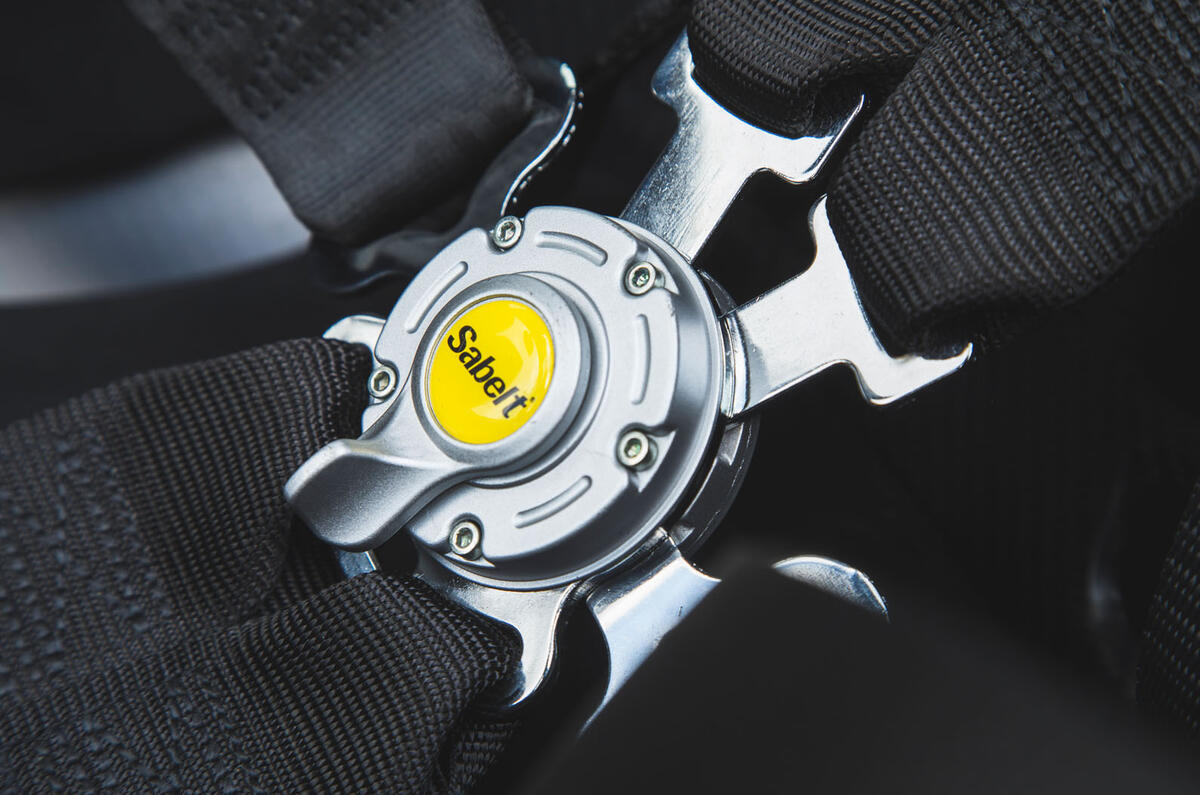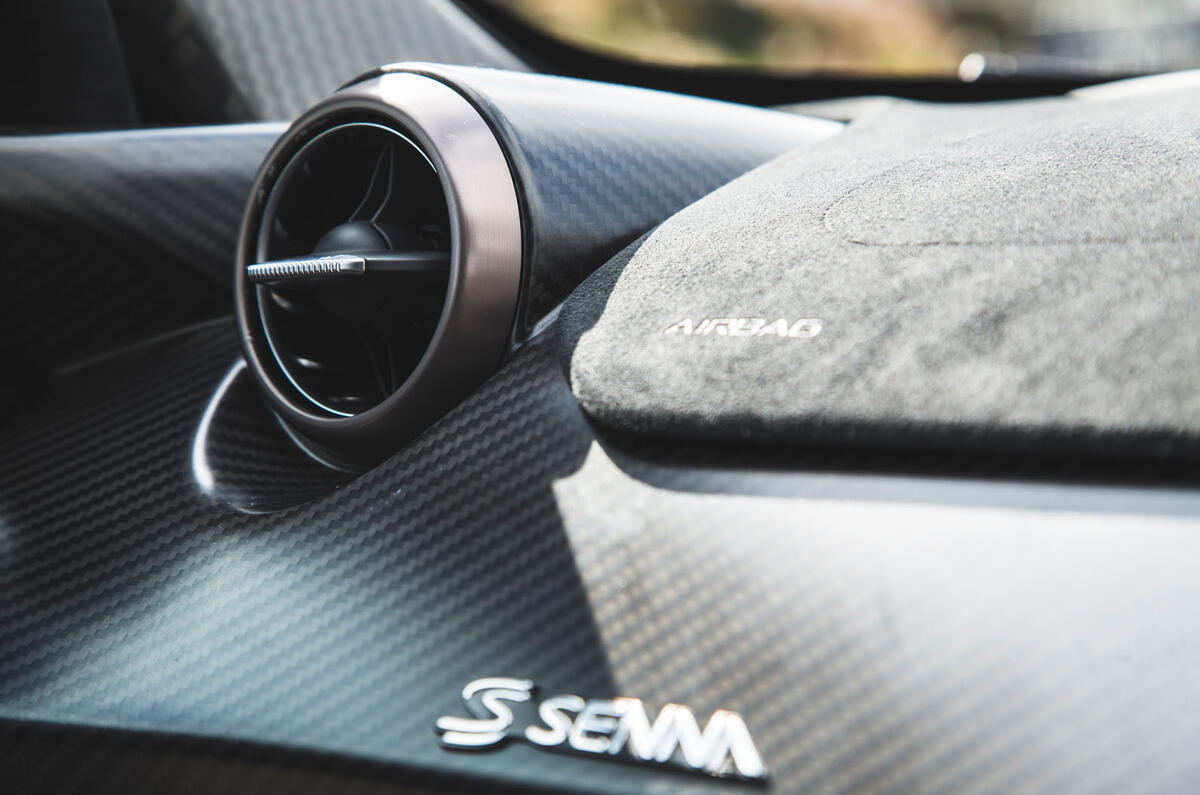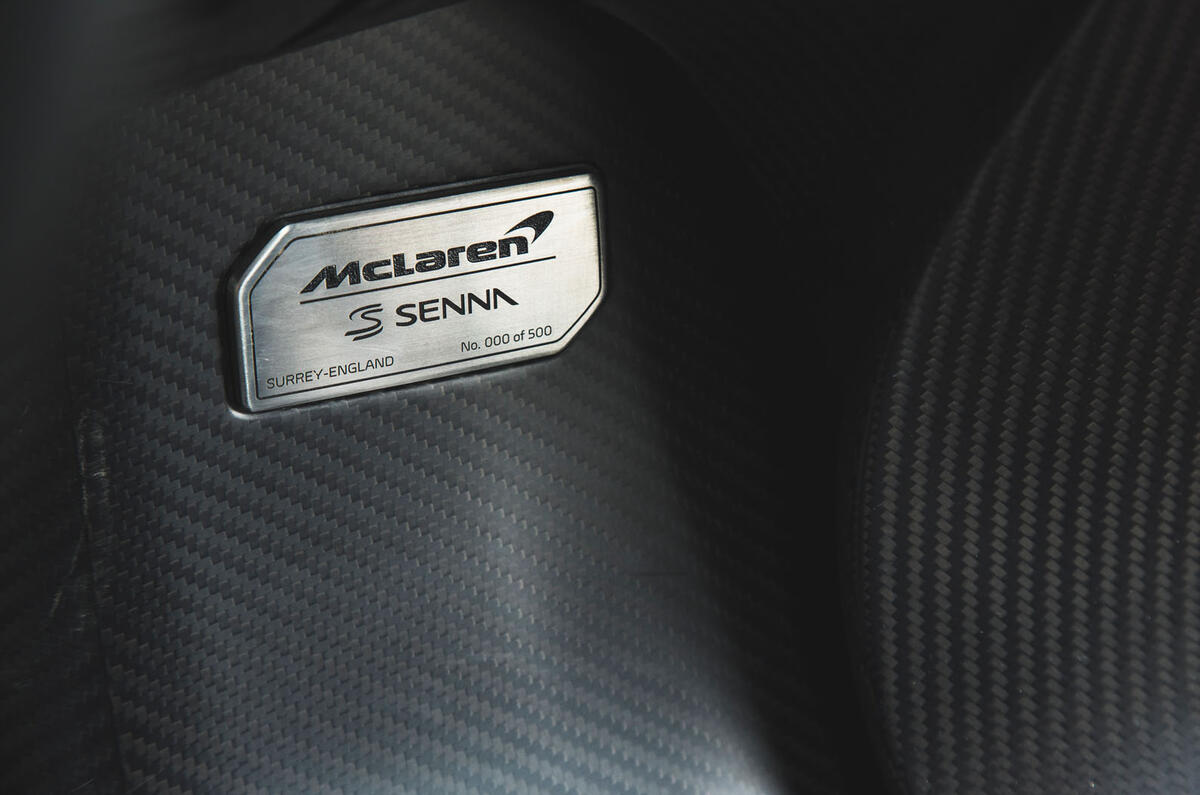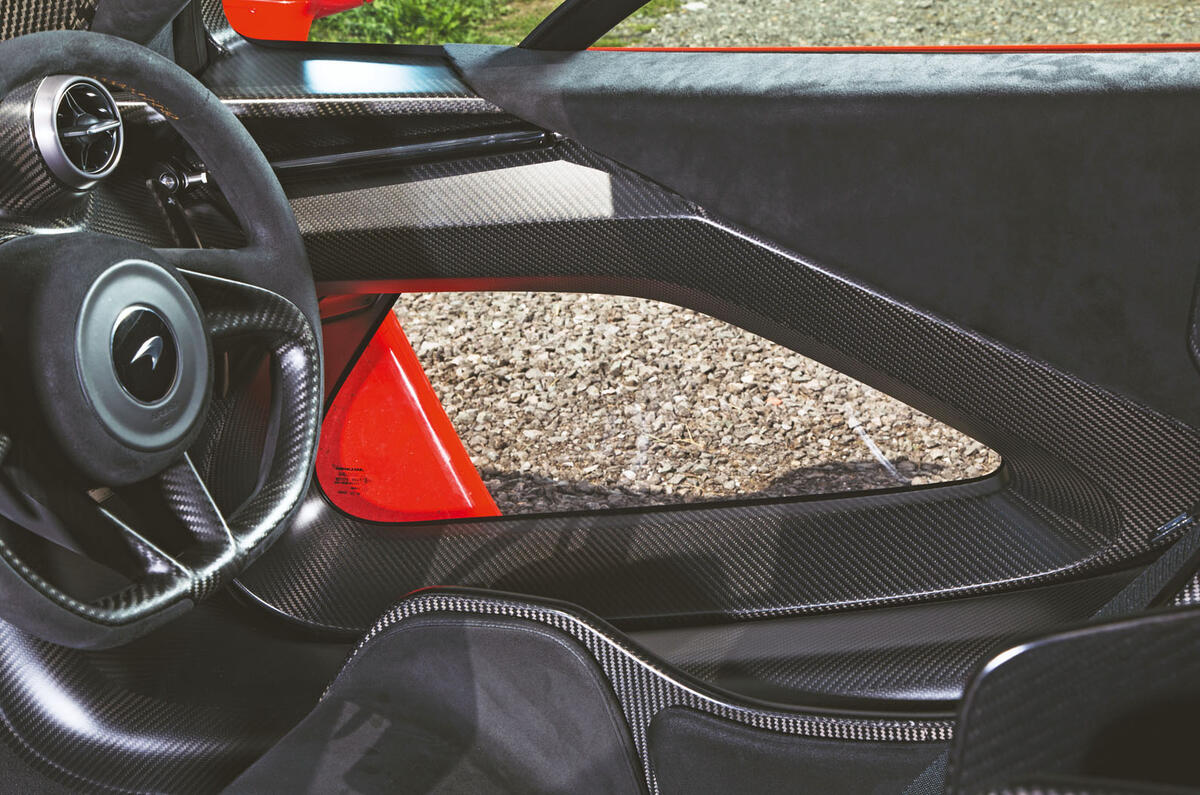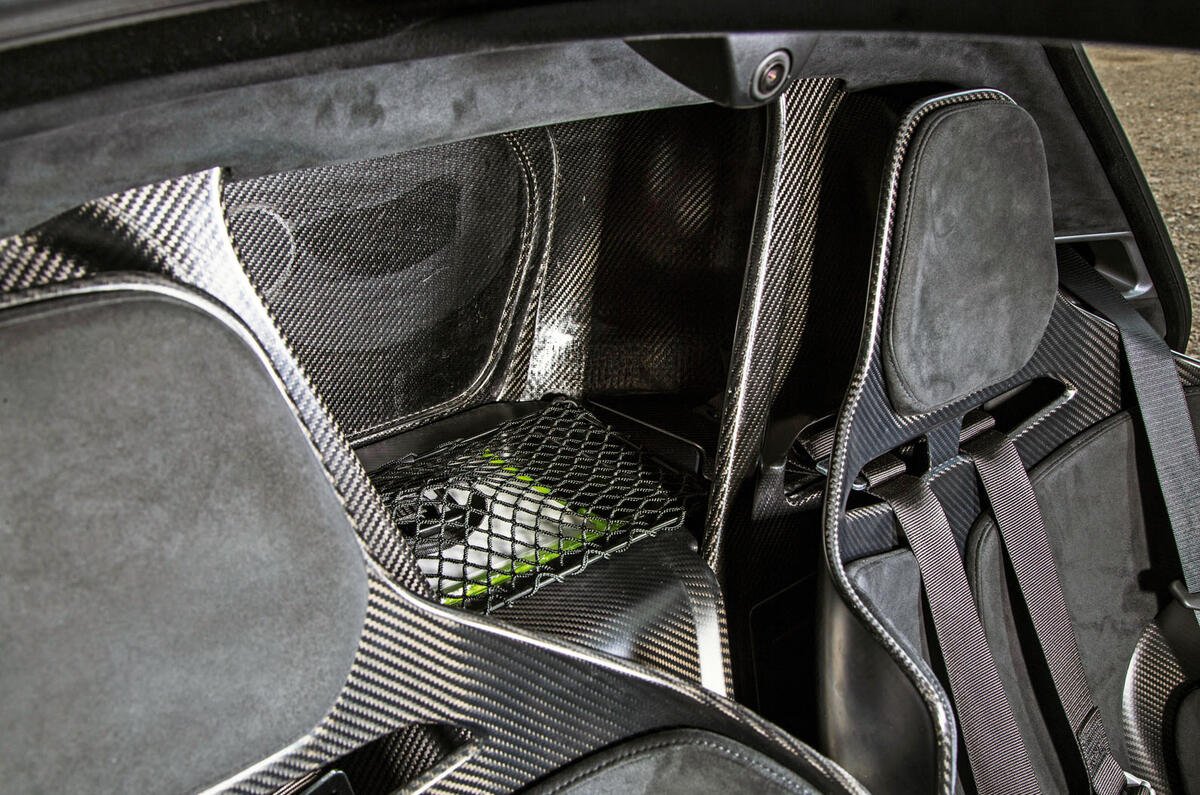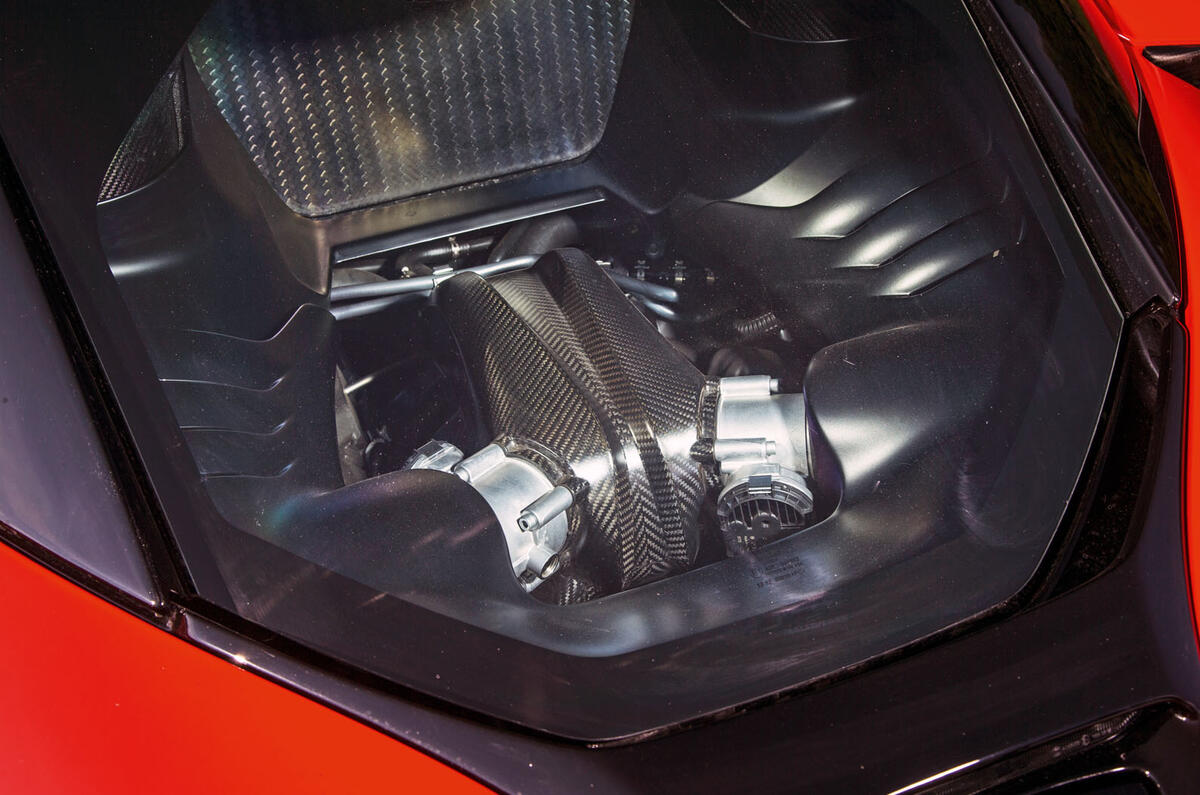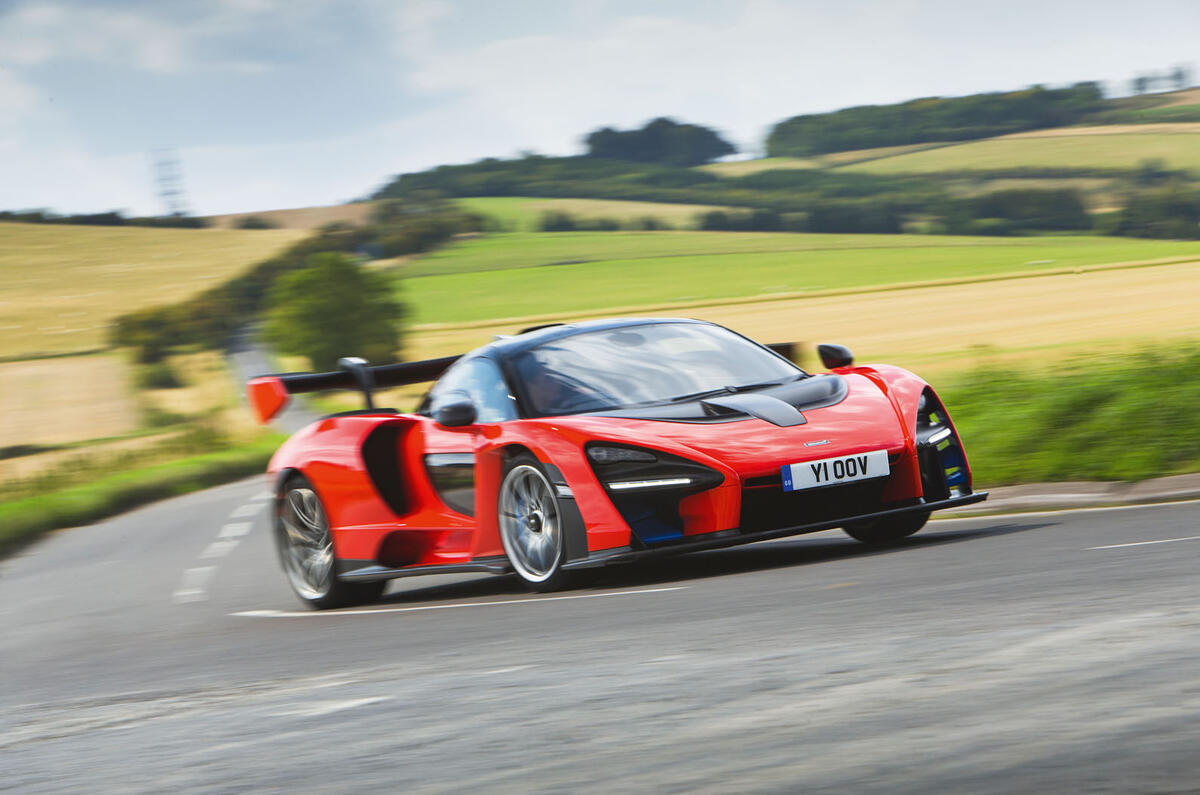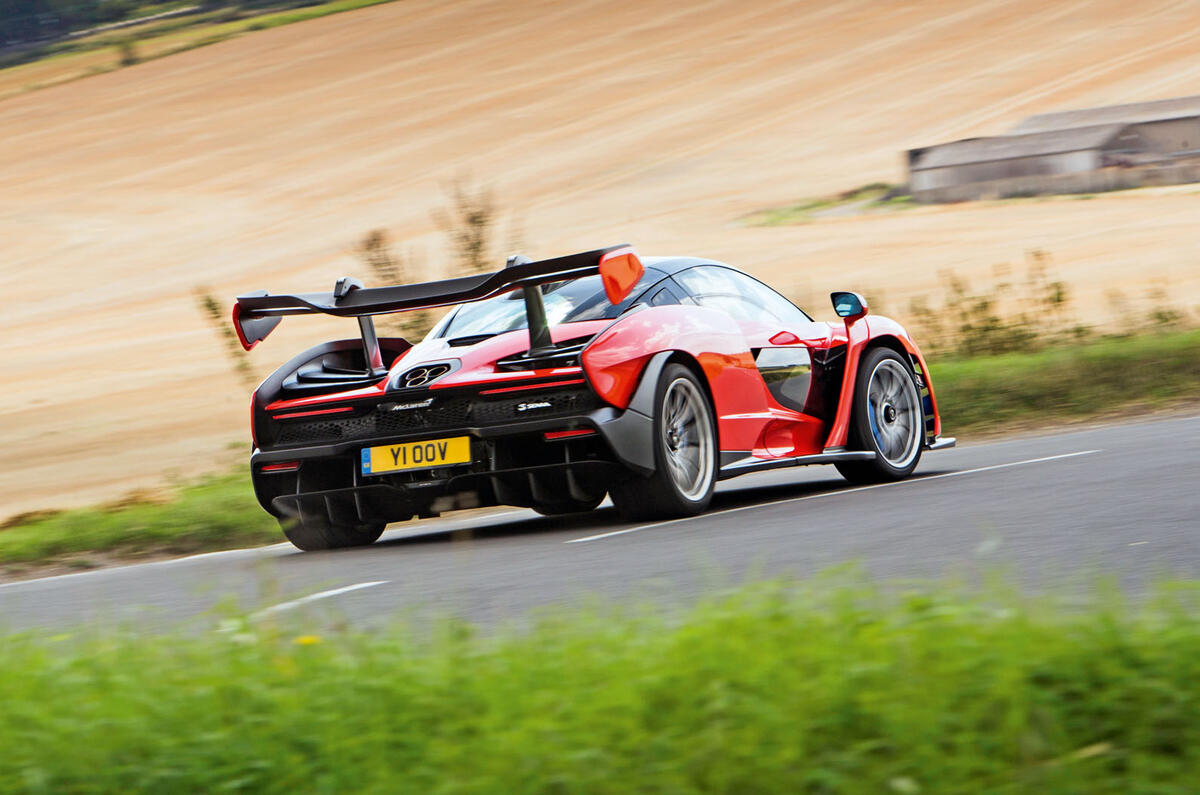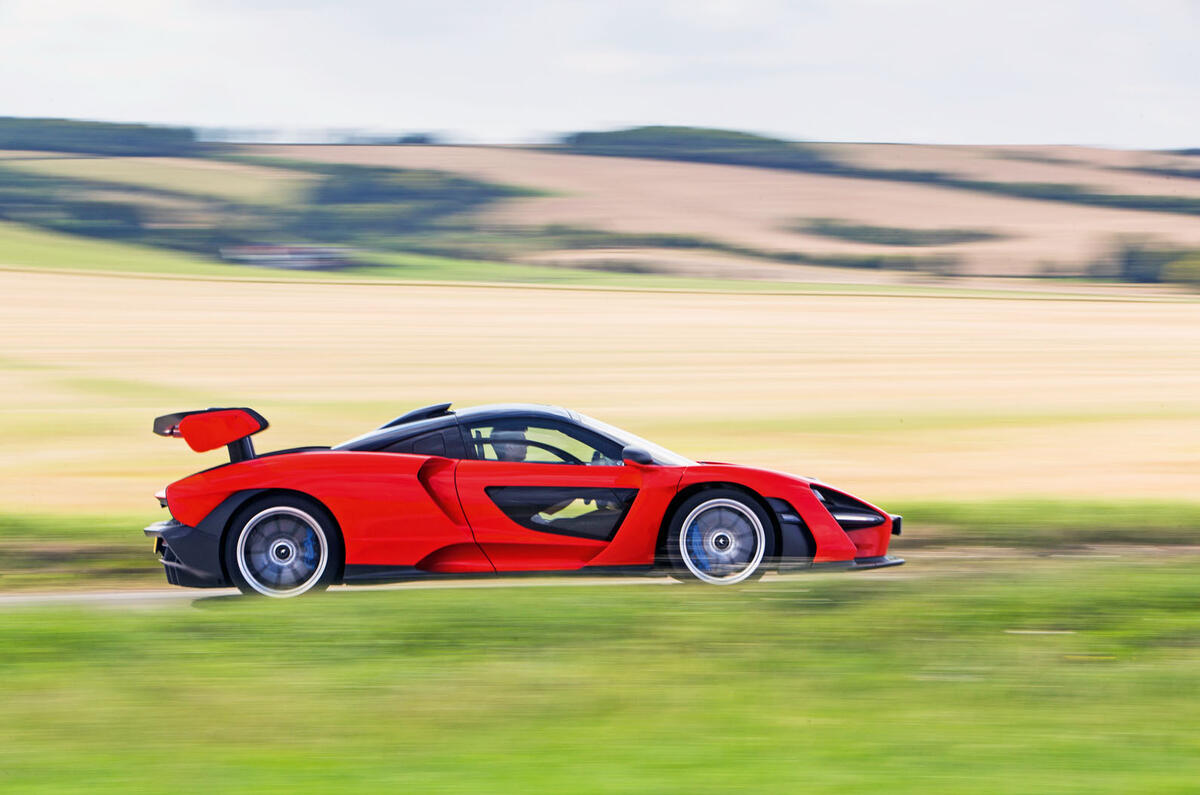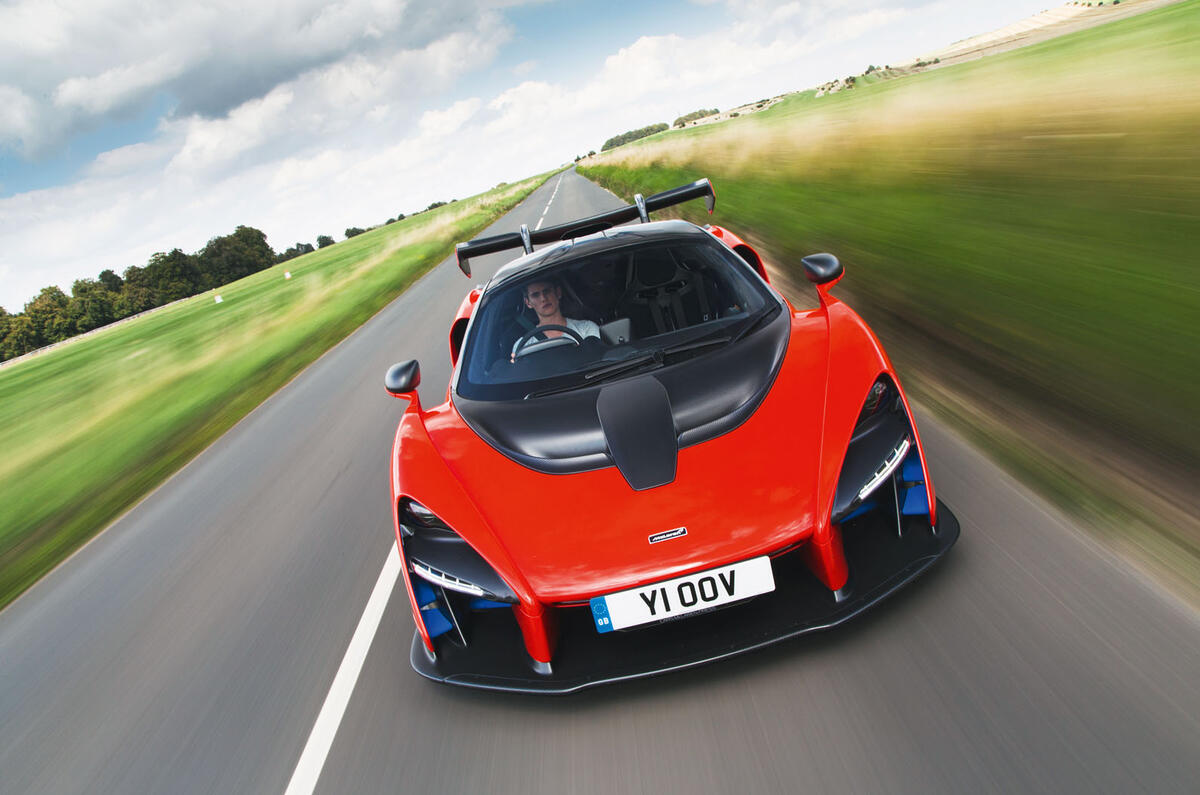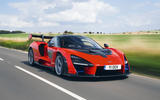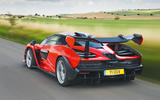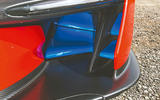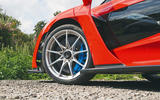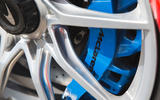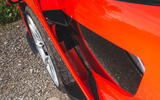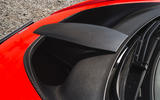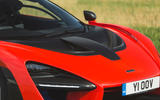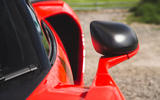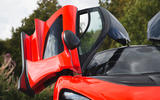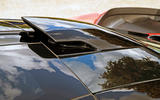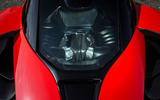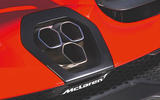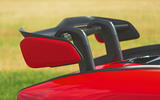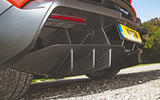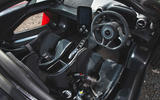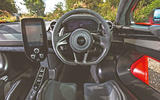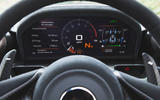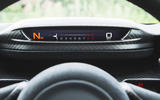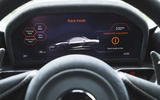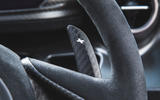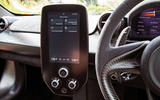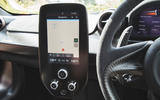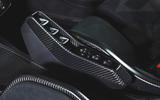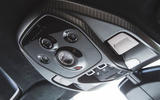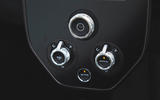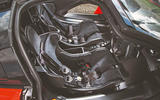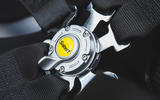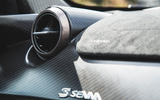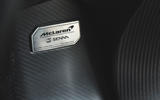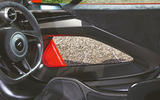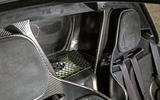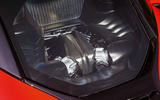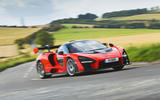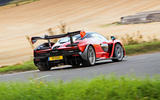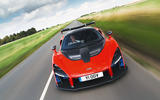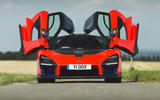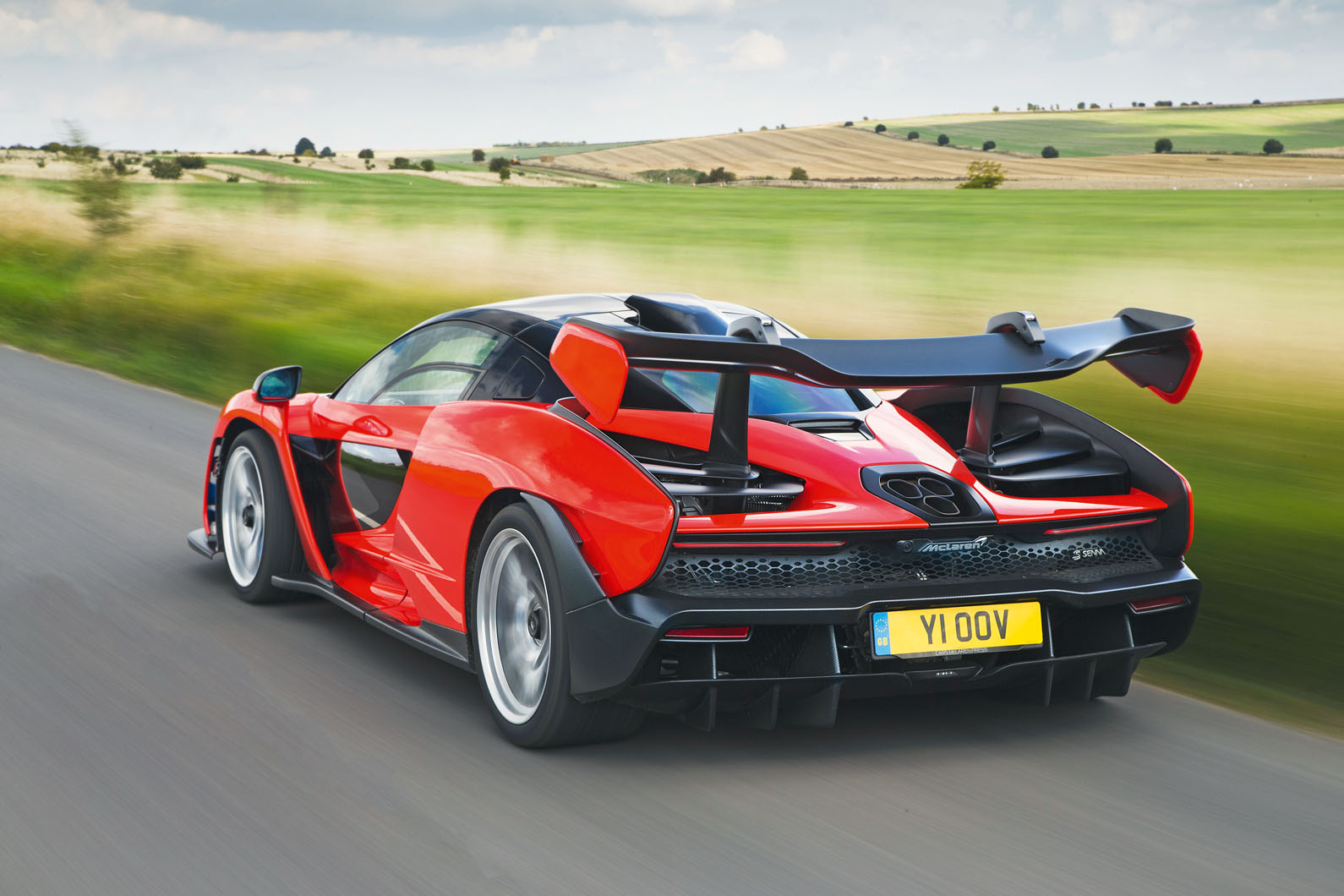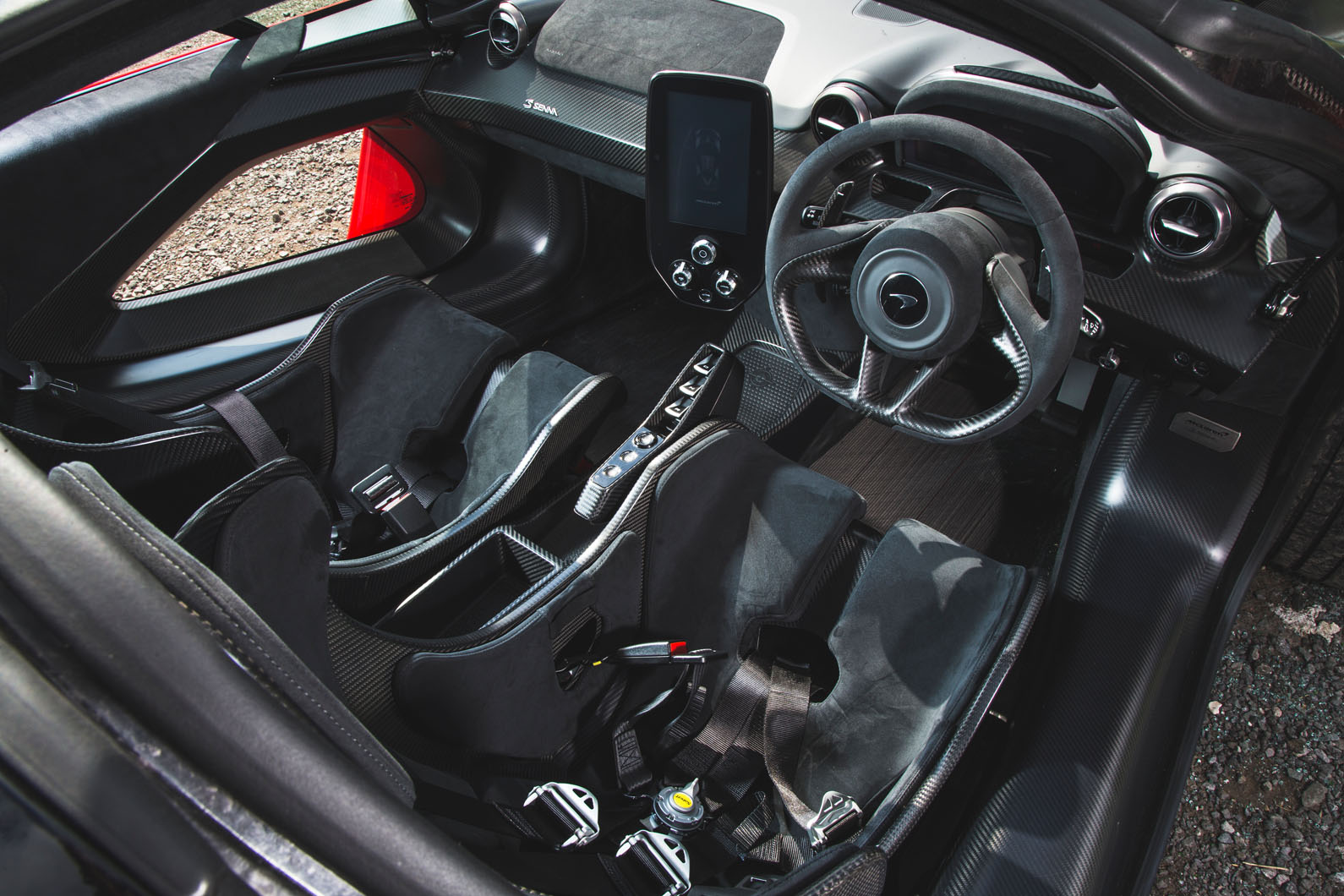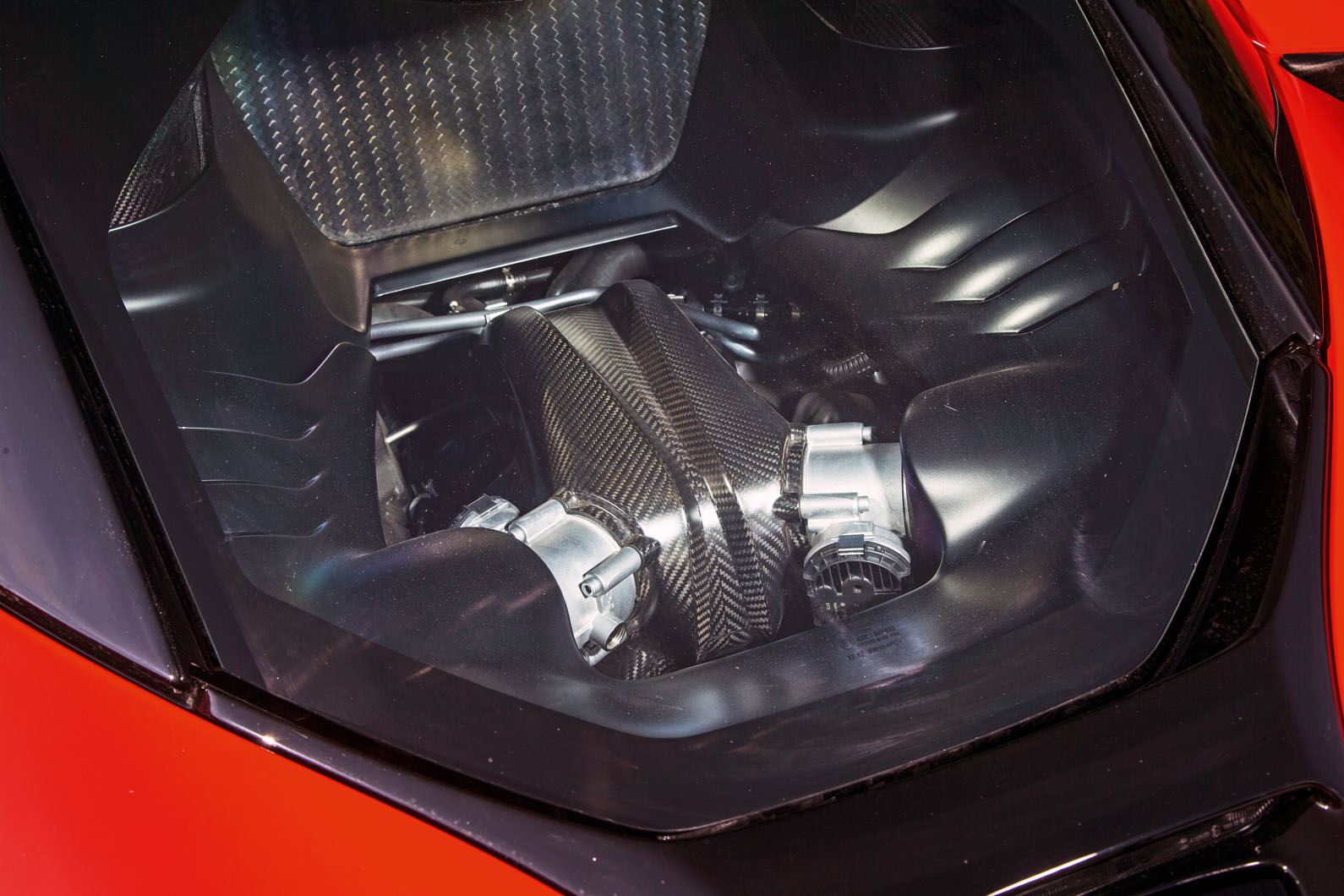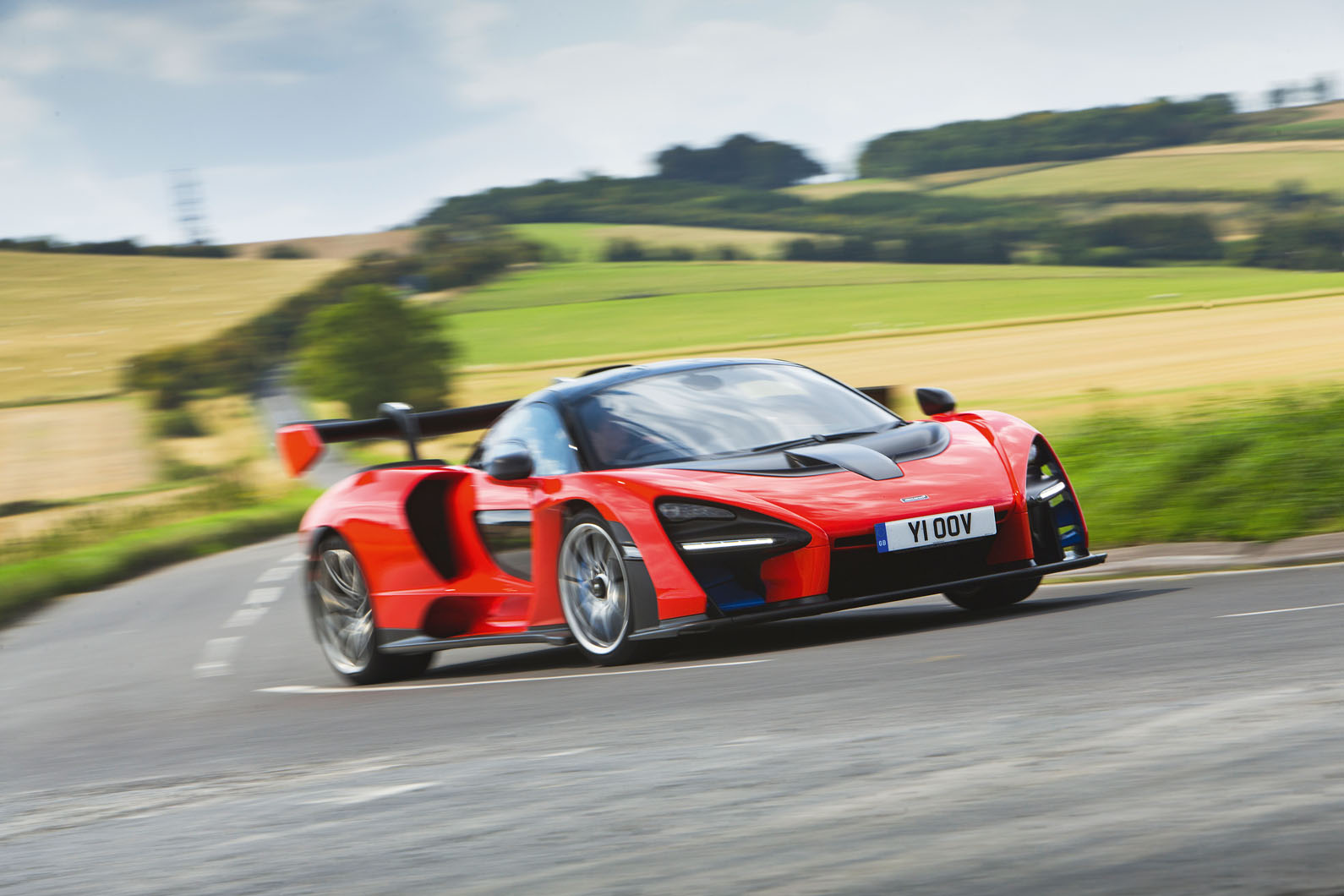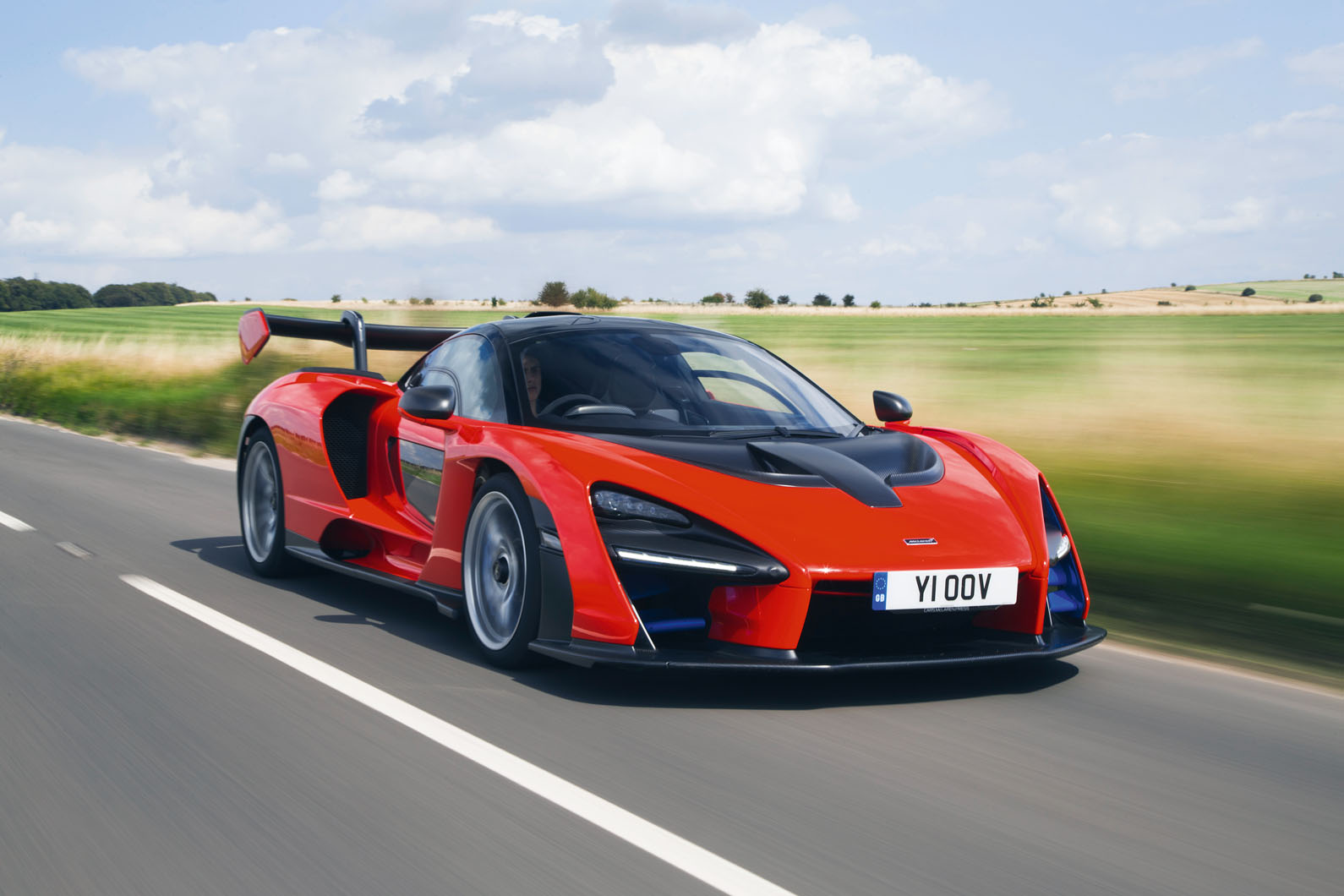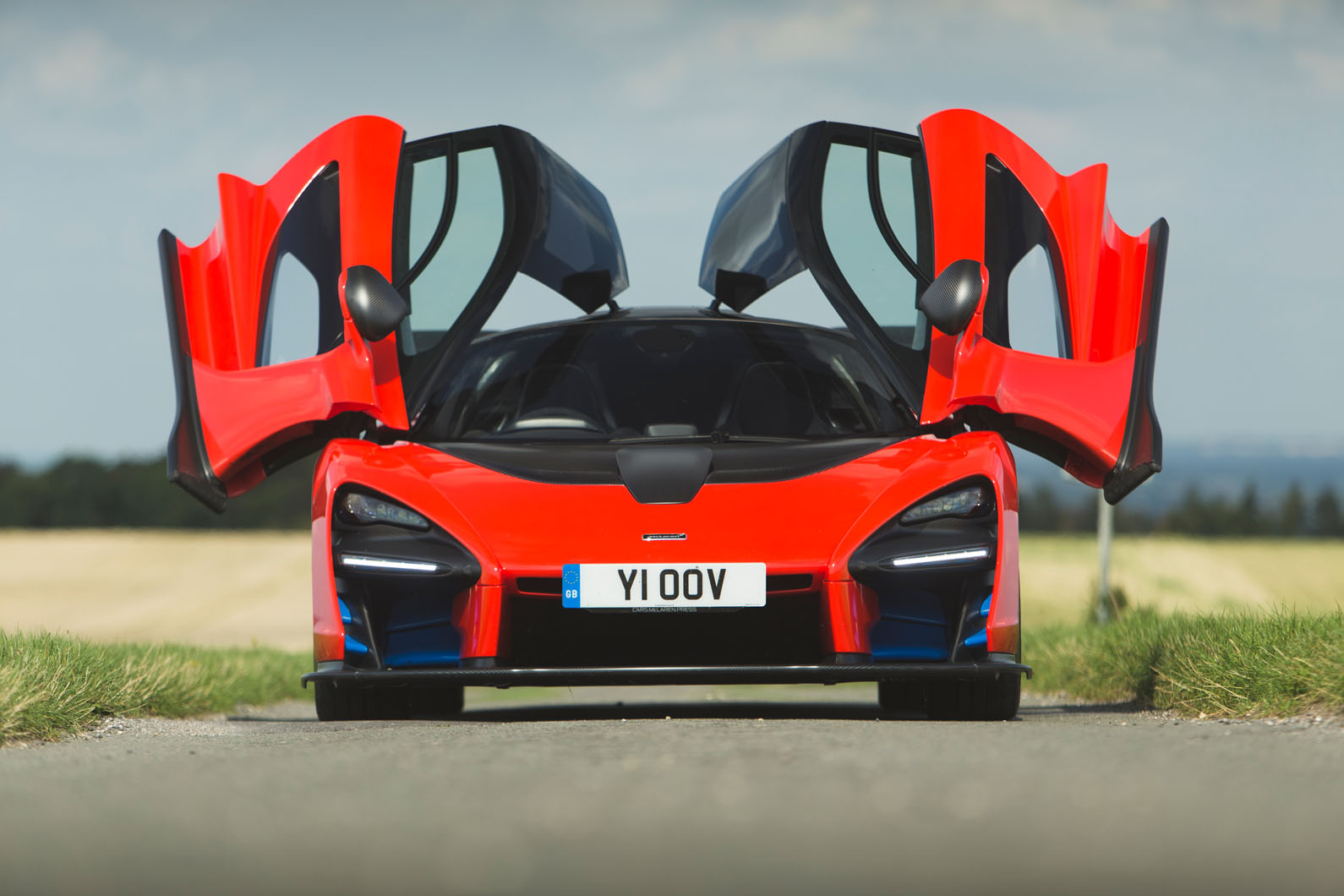The Senna’s engine isn’t a state-of-the-art hybrid, nor is it the classic atmospheric V12 of your childhood dreams. For these reasons and others, you may be wondering whether this car will be capable of acceleration of a different order from that we’re already used to from McLaren.
The answer, in simple outright terms, seems to be no; not that, strictly speaking, it needed to be any different. The Senna narrowly missed the standing-start potency its maker claims for it during our track testing, needing 3.1sec to hit 60mph from rest where a McLaren 720S needed only 2.9sec and a P1 2.8sec.
We tried launching the car with plenty of heat in its Trofeo R tyres, and in various driving modes, to no improvement. A 3.1sec 0-60mph launch would be churlish to complain about in any modern performance car, mind you; and the Senna’s acceleration feels nothing less than savage from the driver’s seat.
But it would actually need to run on until 90mph, side by side with the 720S, before it started to claw back the deficit to its little sibling. Both cars go through a standing quarter mile in an identical 10.4sec, according to our numbers – but, by that point, the Senna is carrying almost 5mph more speed.
Then, even in Race mode, the Senna starts to run away from the 720S as it explodes onwards into three figures. A P1 remains a more potent accelerative machine at any speed; but then a P1 was a 903bhp hypercar designed to be McLaren’s last word on outright performance.
The Senna can justify its slightly lowlier and more specialised place in Woking’s range, as its ultimate road-legal track car, in other ways; not least because, for gearshift response time, all-round flexibility, high-revving freedom and linearity of throttle calibration, the Senna’s V8 wants for absolutely nothing.
It could certainly sound better, something we’ve recorded many times about McLaren’s cars. The Senna’s V8 is noisy right across its operating range and is the kind of engine that’s overwhelmingly at its best when sampled through earplugs – and inside a helmet.
It’s very apparently an engine of rigid mountings when working hard at lowish revs, when it buzzes and vibrates unapologetically. At gathering crank speeds, its character is part-car, part-lathe, part-industrial vacuum cleaner. Then finally, above 5500rpm, it begins to sound much better as it develops more of a soulful, tuneful eight-cylinder howl. The upshot? That when you’re using the car as it’s meant to be used, the Senna sounds like it ought to. The rest of the time, however, the question’s wide open to interpretation.
One thing this car couldn’t have been without is a supreme set of brakes. It certainly has them. McLaren’s claim is that the Senna’s carbon brakes take seven times longer to make than the ones on the 720S. You’ll believe as much on the evidence of the absolutely jaw-dropping power with which they haul this car up from high speeds, and the confidence with which you can heave on the brake pedal on the run into a tight bend without feeling a snatch of ABS intervention or the faintest wiggle of handling instability.
Habitually, we only measure stopping distance from 70mph, a speed from which the Senna will come to rest in just 37.4m, or about 10% quicker than most supercars. But when stopping from bigger speeds, our test car registered longitudinal braking power in excess of 1.5g, where it’s unusual to see supercars beat 1.25g. In this respect, as in others, the rhetoric describing this car as a more drivable, state-of-the-art racing car with numberplates is absolutely to be believed.


